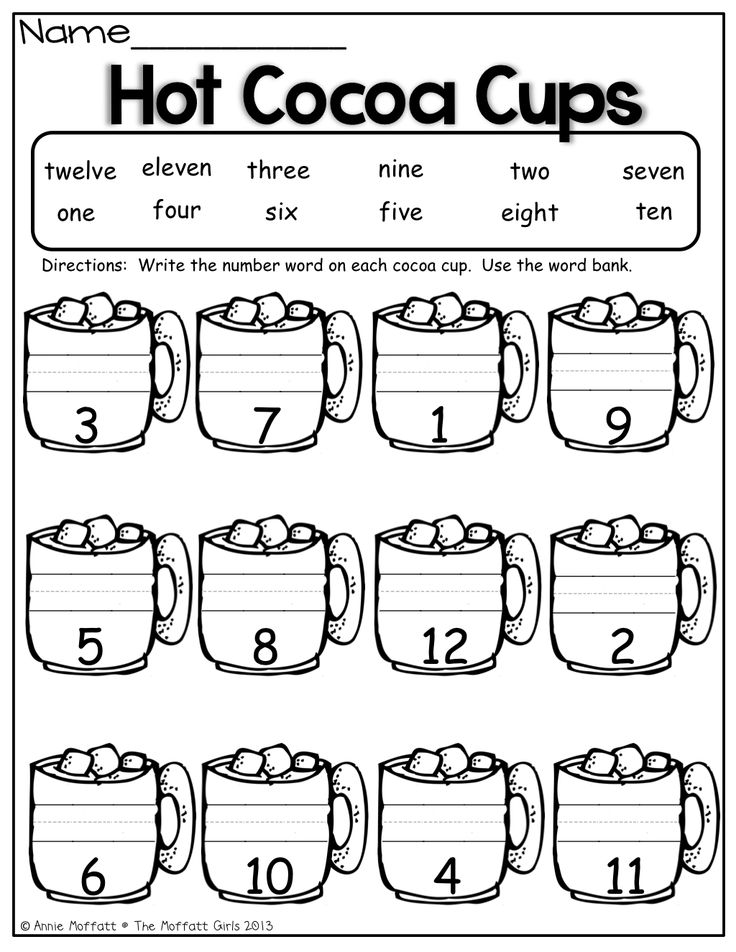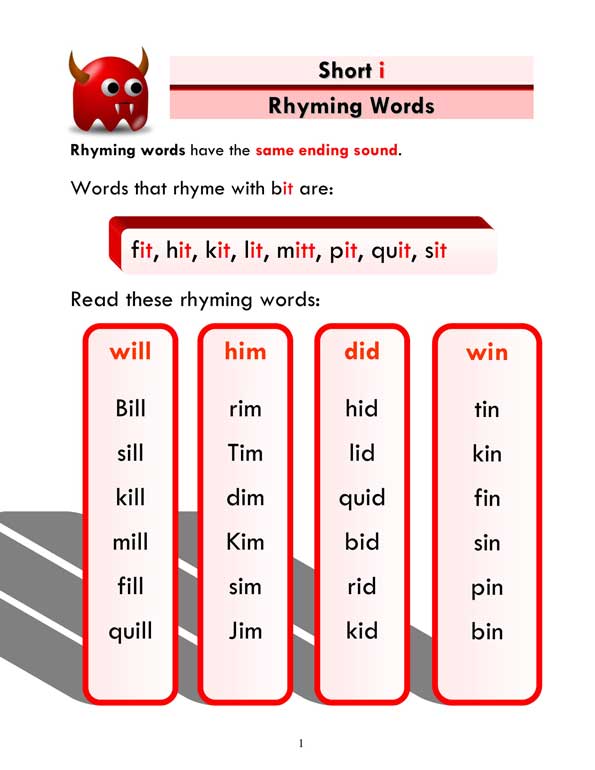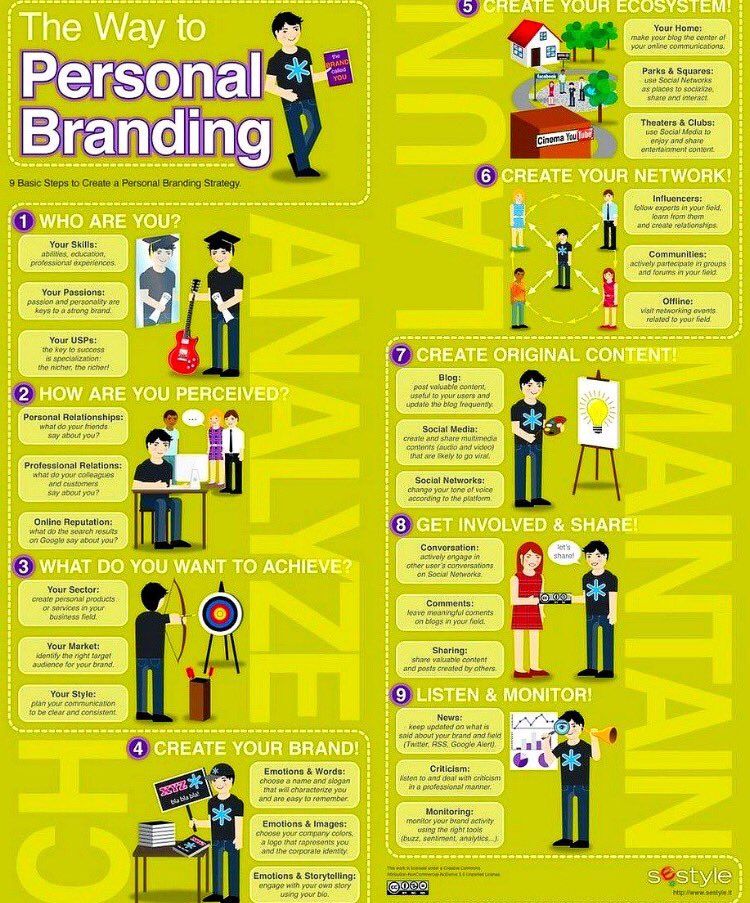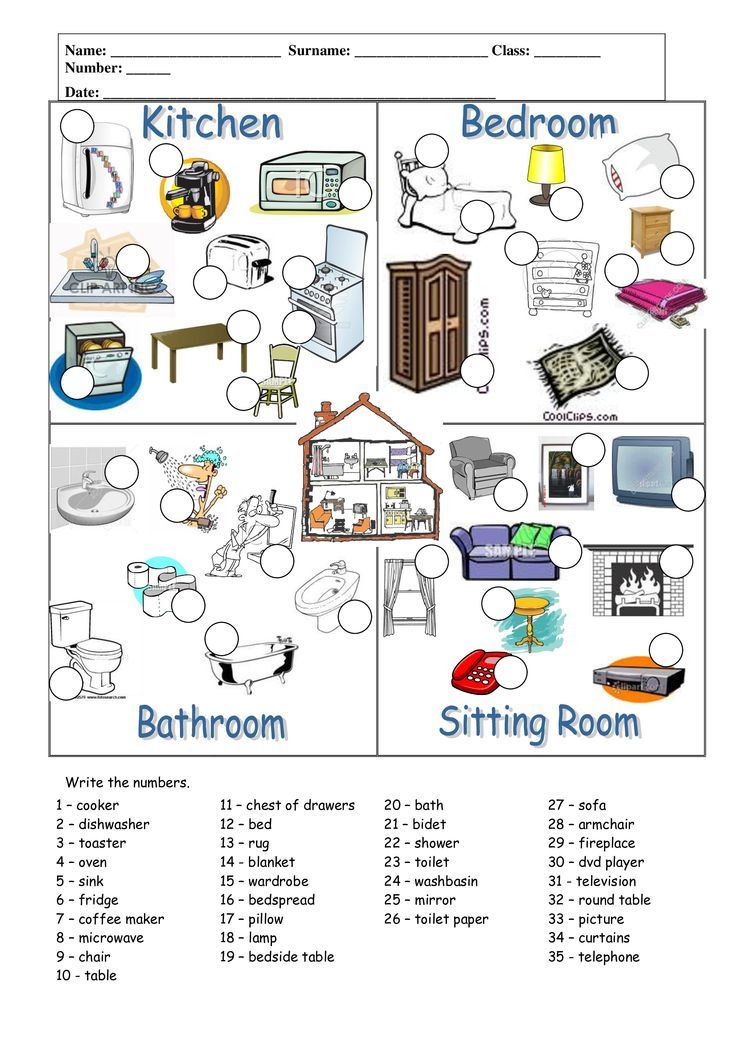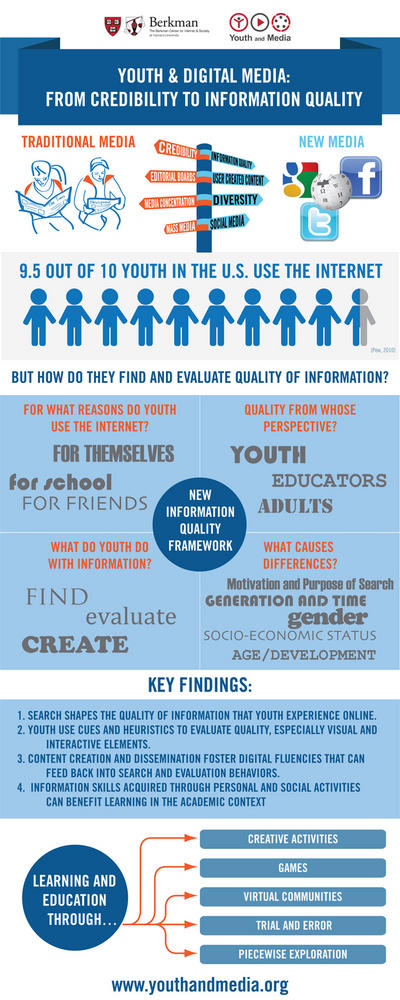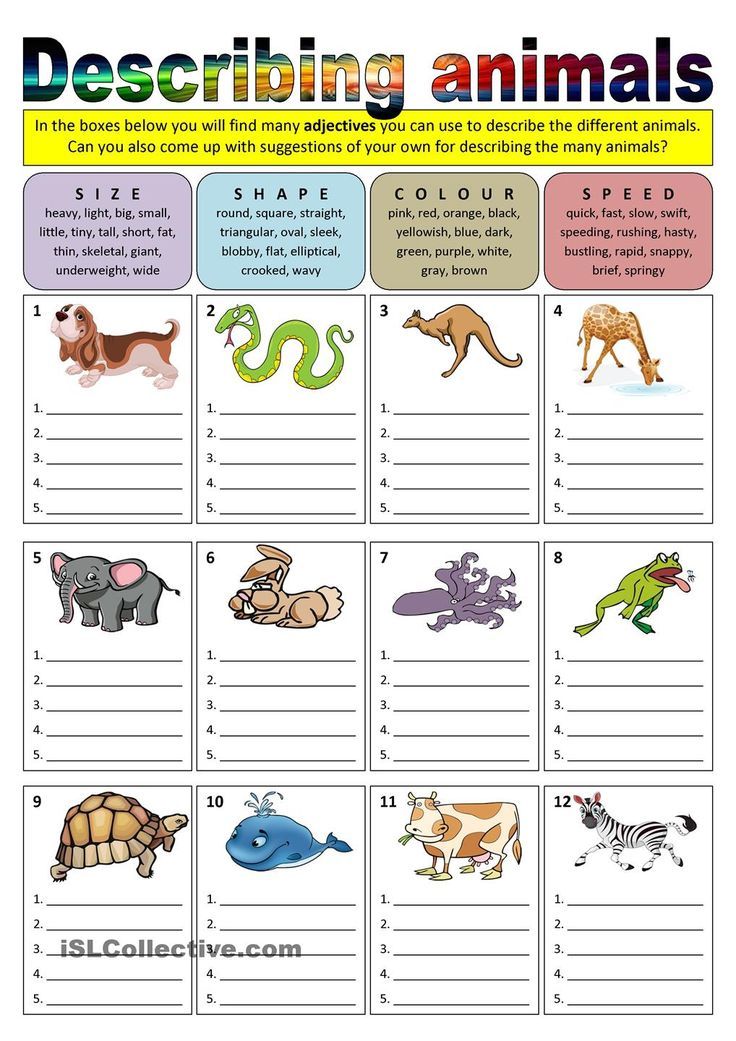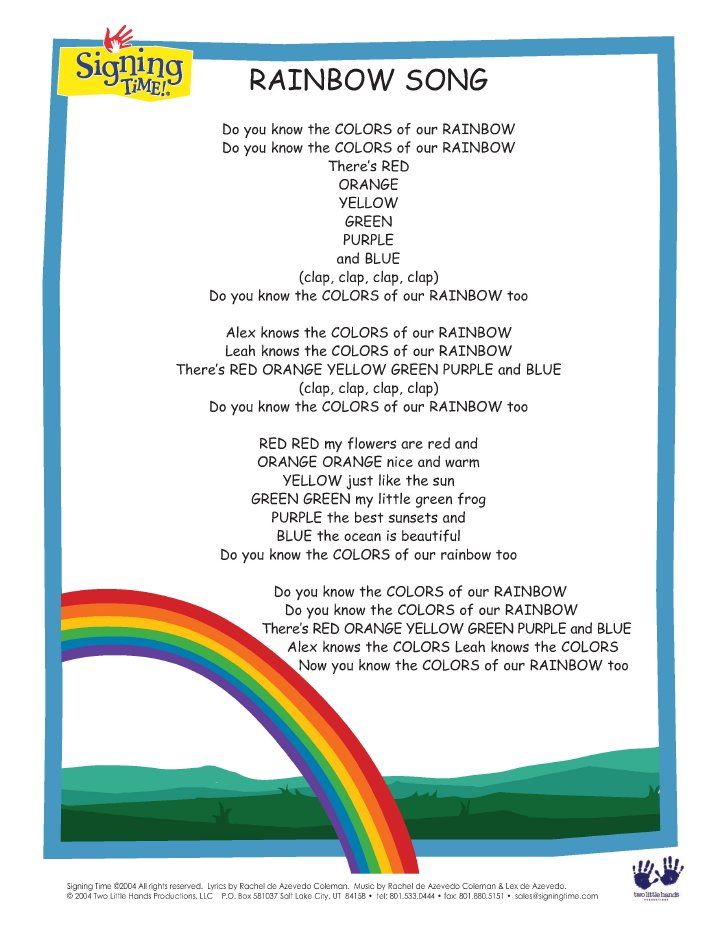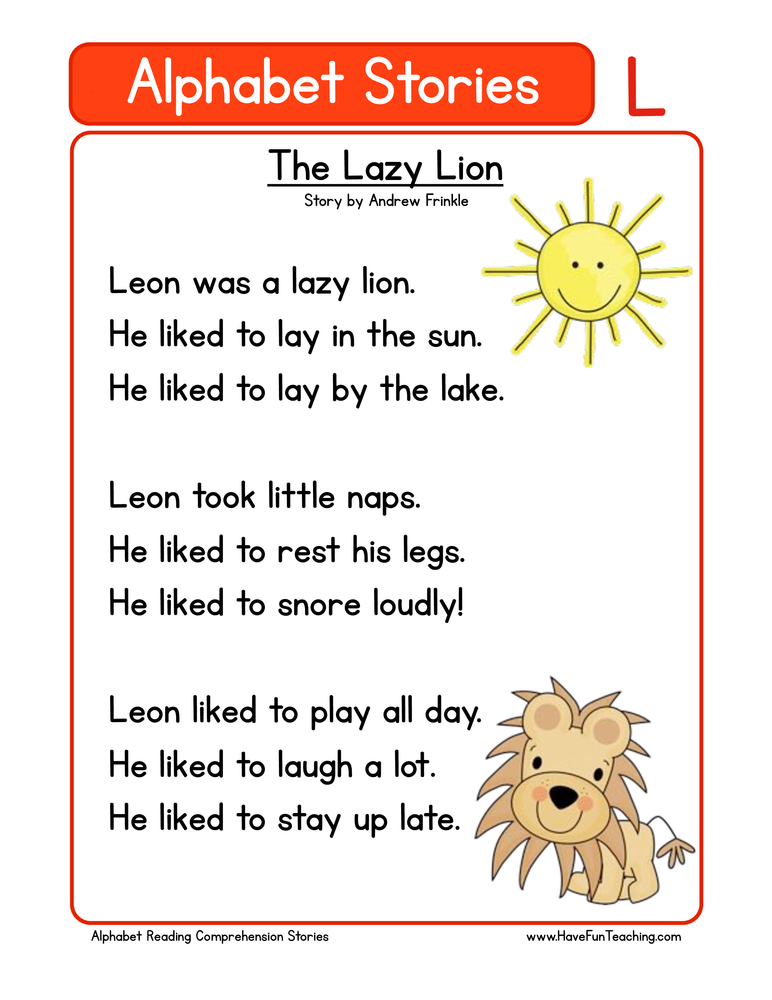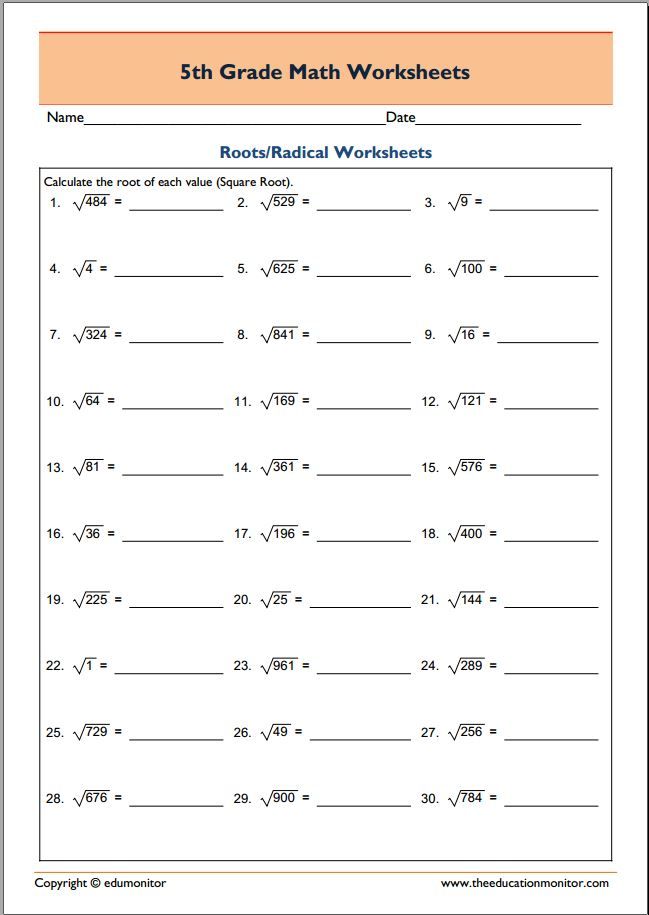Activities for learning numbers
125+ Engaging Number Activities for Preschool & Kindergarten
Today we have a lot of activities for learning numbers for kids that make learning fun! These activities with numbers for preschoolers and Kindergartners are great for kids learning numbers, needing number practice numbers or just fun games to learn numbers.
Let’s do some fun activities for learning numbers!Learning Numbers for Kids
Below you will find games, free printables, crafts, and even snacks perfect for young children! We are sure that you will find a fun learning activity that your child will love.
Related: Alphabet learning
These fun math games will help make math fun, and will make them want to learn!
Counting For Kids
Learning to count and learning math shouldn’t be hard and tedious! We have gathered the vary best number activities to teach your little one no only how to count, but number recognition and other basic math skills as well.
These math games, projects, and printables are great for toddlers, preschoolers, kindergarteners, and first graders. Though, we have a few links that are great for bigger kids learning harder math like algebra!
This post contains affiliate links.
Why Is Learning Math Early Is Important?
Learning basic math skills at an early age gives kids a good foundation when they actually go to school. Without a good foundation and basic understanding of math children are more likely to struggle with learning math while they’re in school. Not to mention, introducing math early will help shape how their educational experiences later in life.
Positive math experiences will help children be excited, curious, and persistence when it comes to numbers.
Fun Number Activities & Counting Activities for Preschool & Kindergarten
Number Recognition Activities for Preschool
1. Odd and Even Numbers
Once your preschooler has recognize regular numbers, it is time to learn and recognize odd and even numbers! Don’t worry, believe it or not, there is an easy way to learn odd and even numbers.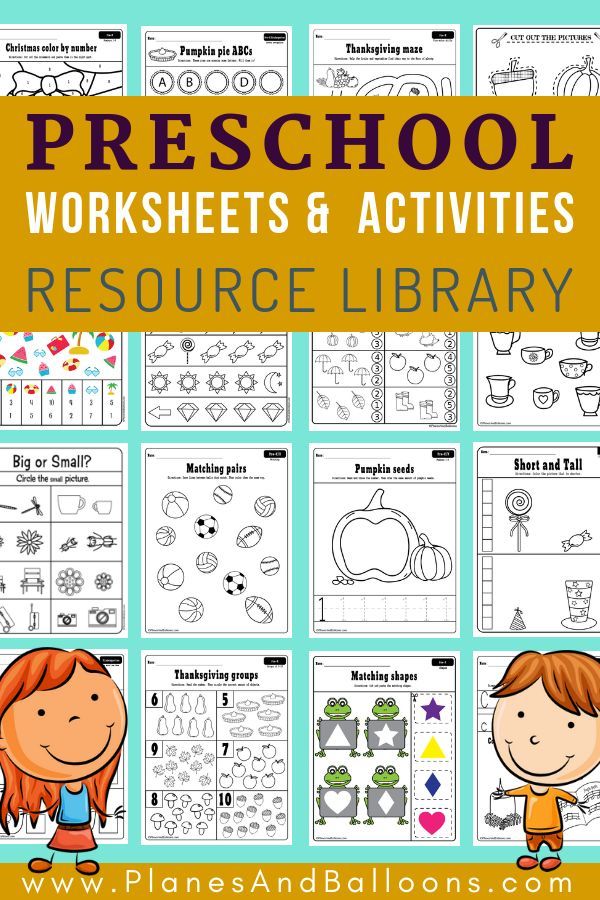
2. Hands On Activities To Learn Numbers
Use these fun hands on activities to learn numbers, along with other educational letters. It’s fun, it’s messy, it is a great way to learn.
3. Number Jumping Game
This number jumping game will help your child learn number recognition. It’s a super cute game that not only teaches, but gets your child moving.
4. Pretend Elevator
This pretend elevator game not only promotes pretend play, but it also helps with number recognition as they have to “press” the correct floors.
5. Star Search
Learn your numbers and to recognize them with this super cute star search number learning game. What a great way to learn number concepts and is toddler approved.
6. Number Sensory Activity
Use this super fun number sensory bin full of rice, numbered ping pong balls, and numbered spoons to not only work on fine motor skills, but to learn number recognition. Sensory and numbers, all the important things in one activity.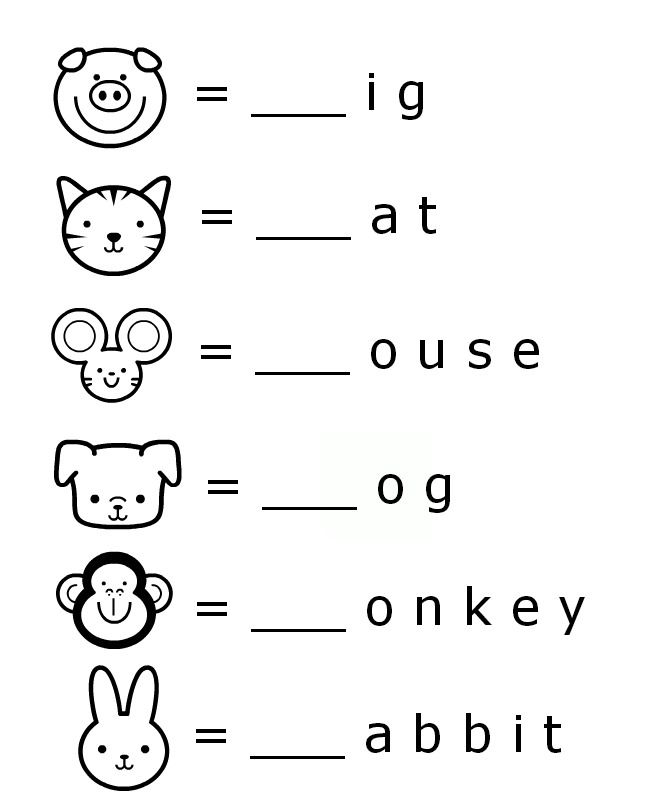
7. Number Recognition Game
This is a great game for long car rides. Scanning houses and signs you call a number and your little one has to find and point it out. It’s a simple number recognition game, but a lot of fun.
8. Sorting Numbers
Sort numbers using stones, wood pieces, and stones. Sorting numbers just requires you to right numbers on objects and then have plates laid out for your child to put the objects in.
9. Simple Games To Teach Number Recognition
Check out these 5 simple games to teach number recognition to your preschooler and kindergartener. They’re fun, simple, and will make learning fun.
10. Number Recognition With Sequence
Do you remember the game sequence? It’s a fun game, but it’s also a game that can help you teach your child number recognition as well.
11. Number Recognition and Ordering
Use toilet paper rolls and number stickers to teach your little one number recognition and ordering. This project is perfect for preschoolers and toddlers.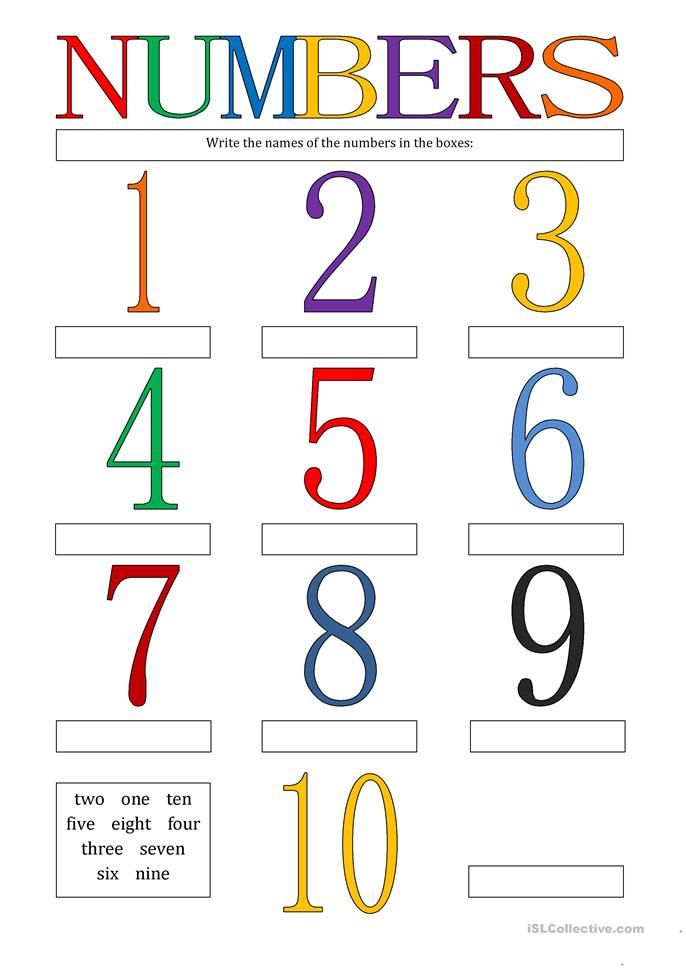
Counting Activities for 2-3 Year Olds
12. DIY Montessori Cards
Use these DIY Montessori cards and counters to help teach preschoolers count. It’s cute, easy, and each set of DIY Montessori card is themed.
13. Counting Cards
Move over deck of cards, we have even better cards! Flash cards! I love these! These free counting cards are a great way to teach your little one how to count and number recognition. Numbers for kids has never been easier!
14. Counting In Tens
Once your little one learns to count, then it is time to learn to count by 10’s and they can do just that with these super cute count by 10 alien worksheets.
15. Counting With Petals
How cute is this counting lesson! Use a sheet of paper to make to make the base of the flower and then use a dice. Once your preschooler rolls it, have then add that many flower petals on the flower. Counting with petals is a colorfully fun way to practice counting.
16. Counting Caterpillar Busy Bag
These free printable numbers are great to cut and laminate and add to a busy bag with pom poms.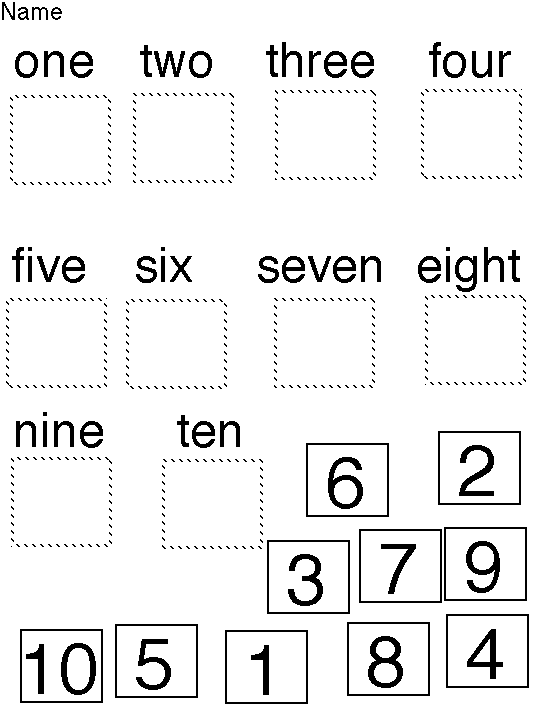 Your child will learn to count. This counting caterpillar busy bag is great for quiet time or as a math game.
Your child will learn to count. This counting caterpillar busy bag is great for quiet time or as a math game.
17. Counting With Pom Poms
Start counting with pom poms and learn about graphs at the same time with this simple counting lesson.
18. Counting Beads
Use counting beads and wooden numbers to help teach your child to count. Line them up and have your child right the number down beside each group or write a number then have your kids count out the beads and sticks.
19. Throw The Dice And Draw
Throw the dice and draw that many pictures! Roll a 10? Then you need to draw 10 houses!
20. Homemade Learning Board For Toddlers
This homemade learning board for toddlers is a great way to learn how to count using cards and counters.
21. Number Games For Preschoolers
Learn to count with this super cute penguin math game. All you need is a foam die, insta-snow, and penguin rubber ducks.
22. Counting and Fine Motor Hedgehog Game
Use clay and popsicle sticks to create this counting and fine motor hedgehog game.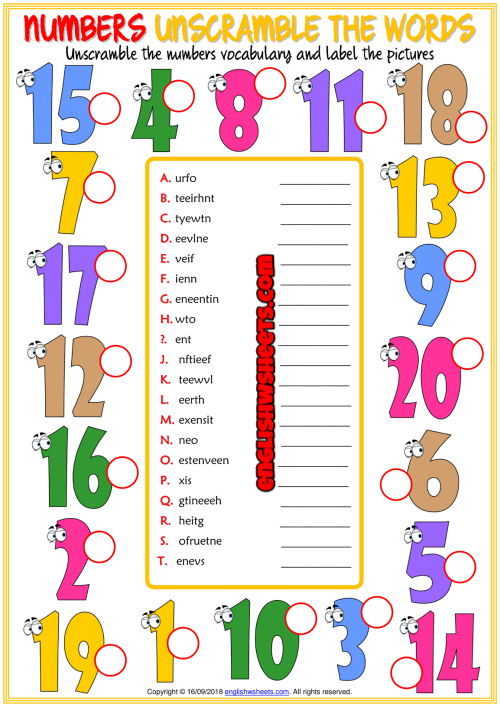 Not only are you putting the popsicle stick in the correlating hole, which is also fine motor practice.
Not only are you putting the popsicle stick in the correlating hole, which is also fine motor practice.
23. Clothespin Counting Activity
This clothespin counting activity is great for toddlers and preschoolers, and it works on fine motor skills! All you need is a jar, large popsicle sticks, and clothespin for this activity.
24. Jelly Beans For Sale
Jelly Beans for Sale is a book by Bruce McMillan and a great way to introduce a new type of counting. Counting money!
Counting Games For Preschoolers
25. Counting and Colors
Make a counting and colors busy bag full of colorful shapes with numbers on them. Then have your child count the numbers and add the correct number of clothes pins.
26. Cinco Calabazas
Cinco Calabazas is a fun little song that teaches children to count the 5 little pumpkins.
27. Number Counting Activities
Looking for more counting activities? Here are 50 great ideas on easy and fun ways to teach your child how to count.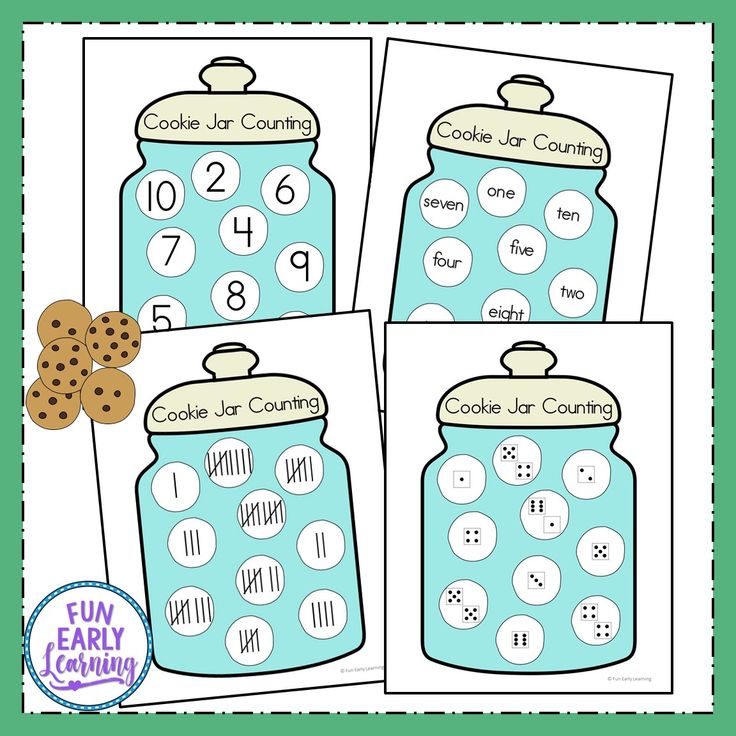
28. Counting With A Remote Control Car
Using blocks to create a maze learn your numbers while trying to get your remote control car out of the maze!
29. I Caught A Fish Alive
This counting song is super cute and will encourage your little one to count on their fingers from one to ten.
30. Learning Double Digits
Once your child can count 1-10, then it is time to learn double digits and you can do just that with this double digits counting project.
31. Pretend Play To Learn Counting
Use pretend play to learn counting by using a toy register. Count out money, push buttons, and count back change.
32. Christmas Counting Correlation
Work on counting using paper, basic drawings, and snowflake glitter with this cute Christmas counting correlation activity.
33. Counting Snowmen
Learn counting with this super cute counting snowmen activity. Keep adding “snowballs” to the snowman’s body based on the number.
34.
 Pretend Play To Learn Counting
Pretend Play To Learn CountingUse pretend play to learn counting by using a toy register. Count out money, push buttons, and count back change.
35. Poke and Peg
This poke and peg counting game is a fun way to teach your kids numbers 1-9. Stick wooden dowels into clay and clip numbers on the correct number of dots.
36. Flower Counting Cards
These are so pretty, I love them! These flower counting cards have the stems, but your toddler or preschooler has to add the correct number of flowers to each card.
37. Bakery Counting Game
This bakery counting game a great way to teach your kid how to count money. Each “bakery item” has a number on it. Have bowl of coins ready and let your child count out how much they need for each treat.
38. Abucus Counting
Use an abucus to learn to count. You can incorporate the use of the abucus while you’re singing through fun number songs.
39. Punch By Number
Don’t worry, by punch we mean with a paper punch! Use strips of paper with numbers on them and paper punches to learn how to count.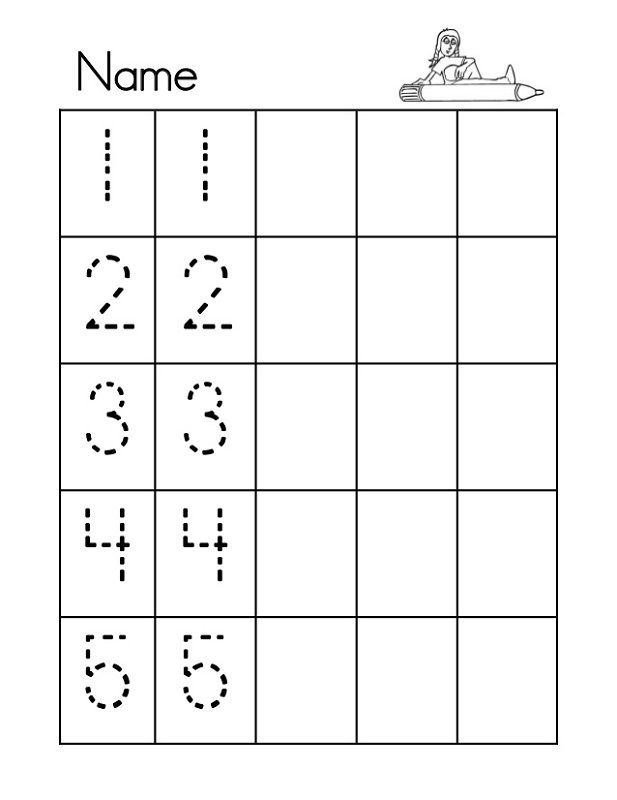 This punch by number is actually really cute, but also works on fine motor skills as well.
This punch by number is actually really cute, but also works on fine motor skills as well.
40. Reuse Playdough Containers To Count
Learn to count and numbers by using marked playdough cups. Fit on into the other, and the lip hangs out and you can turn it to see different numbers.
41. Counting With Nature
Trace a number on a piece of paper and then count out different things in nature and place it on the paper. Like 3 sticks, 3 acorns, 3 shells, etc. Counting with nature is also a good way to get outside to gather all the counting tokens.
42. How To Teach Numbers Using LEGOs
How to teach numbers using LEGOs? Easy! Add the number, the correct amount of dots, and the number word! This not only teaches your child to count, but word recognition as well.
Counting Games For Preschoolers
43. Counting Bottle Bowling Game
Save your plastic bottles, get some paint, and a small beach ball and get bowling with this super easy and fun counting bottle bowling game.
44. Math Games For Preschoolers
Wanting to teach kids to count money? Learn math facts? Looking for some counting games? Dice games? There are so many math games to choose from!
45. Frog and Lily Pad Math Games
Cut out lily pads with paper and number them. Then let your little one decorate them with the right amount of stickers before they get to act like a little frog and jump across them all with this fun frog and lily pad math game.
46. Online Number Recognition Activities For Preschool
Whether you’re learning to count, add, substract, fractions, or algebra, these are the best math apps for struggling students. This will make learning math fun again.
47. Monster Match Game
Print off this monster match game, grab some counters, and a d6, and start learning! This is a great way to learn to count and to learn number recognition.
48. Race To 10 Scoops Math Game
How cute is this math game? Race to 10 scoops math game is a free printable and great for preschoolers and kindergarteners, and requires more than 1 player.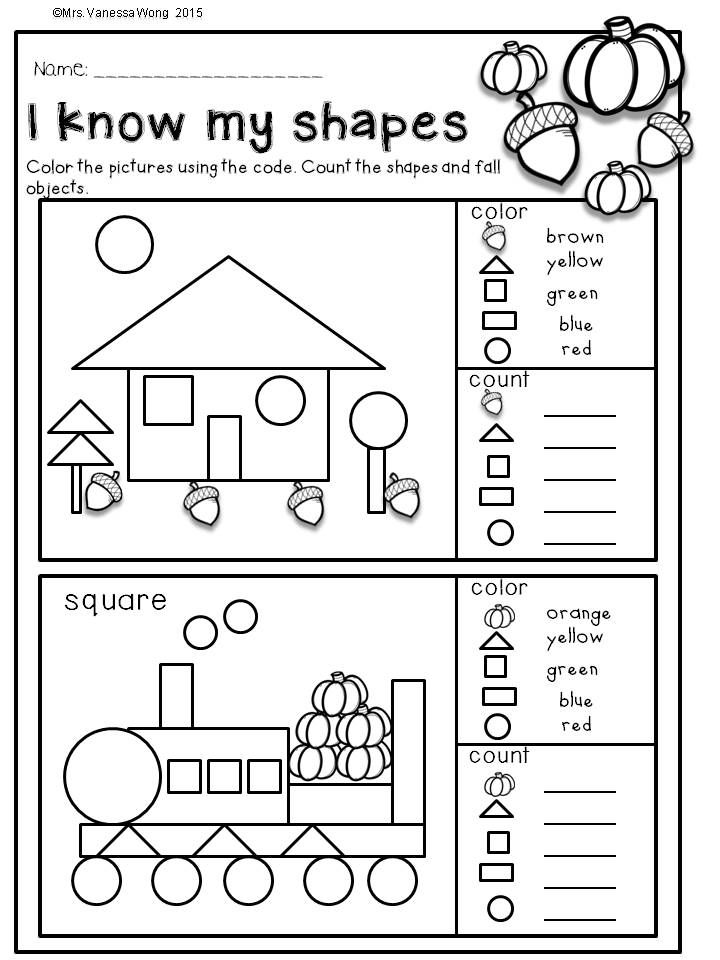
49. Math Games For Elementary Kids
Math is hard. Ditch curriculum and play math games! These math games for elementary kids is a great way to learn the basics, to learn decimals and fractions, as well as others.
50. Preschooler Counting Card Game
This preschooler counting card game is easy to make and can easily teach your child more or less. Take 2 cards and ask your toddler which has more or which has less.
51. Number Stomp
This number stomp game is a great way to learn numbers and have fun! Learn addition and subtraction and then jump on the bag with the answer!
52. Pom Pom Drop
Learn addition with this pom pom drop math game. Give your child a number plus another number and have them put that many in the first tube and second tube and count the answer.
53. Counting Math Games
I love this! Roll a foam dice and add that many counters into a bowl. I think this is one of the cuter counting math games.
54. Math Facts Game
This math facts game will teach number recognition, addition, subtraction, and multiplication, equation memory, and more.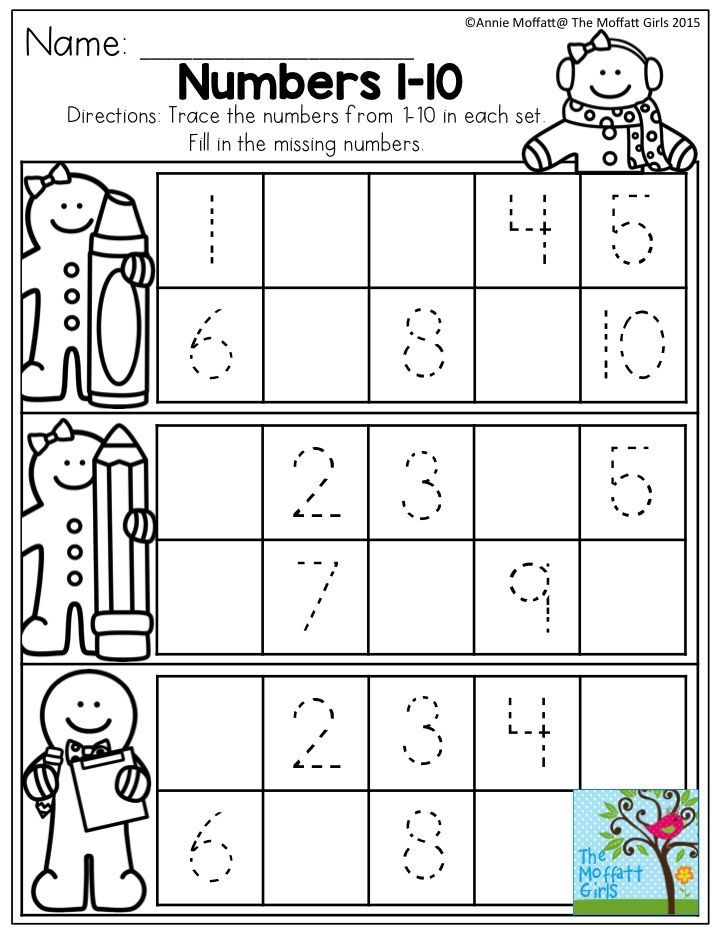
55. Math Discovery Box
Fill a plastic bin with either salt or sugar and stick pages beneath it. Then your child will use a brush to move the sugar or salt around the math discovery box to find shapes and numbers.
56. Dice Game
Use this dice game to teach your child numbers 1-6 as well as number recognition. They’ll roll the dice, count the pips, and then tap the correct number on the wall.
57. Comparing Uno Cards
Comparing Uno cards is a cute game and fantastic way to learn greater than and less than.
58. Truffula Tree Math Games
This fun truffula tree math game is inspired by Dr. Seuss’ The Lorax. All you need is pom poms, pipe cleaners, clay, and bottle caps.
59. Super Hero Math Game
Play this fun super hero math game, to not only learn how to count, but to catch the villain!
60. Rummikub Math
This is a great way to not only learn math, but spend time with the family! Plus, these Rummikub math pieces are actually candy!
61.
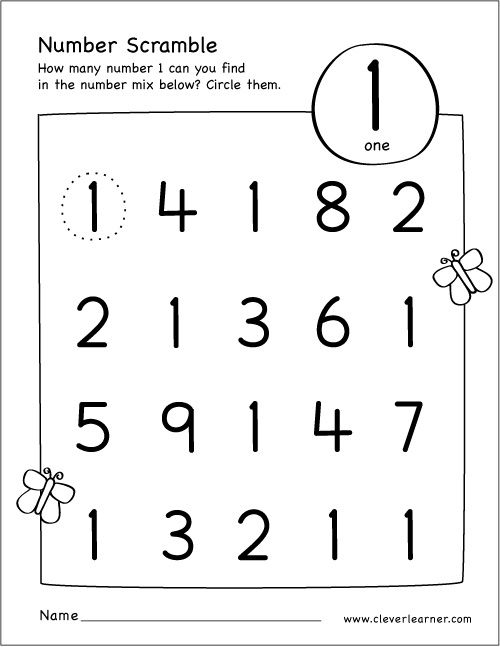 Weights, Lengths, Shapes, and Time
Weights, Lengths, Shapes, and TimePlay these different games to learn about weights, lengths, shapes, and time. Each game is different and requires different items, but your preschooler or elementary student will have a blast.
62. Dump Truck Counting Game
How many dominoes can a dump truck hold? Find out with this fun dump truck counting game that not only teaches about math, but also physics.
63. HiHo! Cherry-O Inspired Game Night
Use HiHo! Cherry-O to learn to count, addition, and subtraction. Take or add fruit to the tree and you can add different operation symbols and numbers to make it more challenging.
64. Train Track Number Hunt
Stop around the track and different stations to hunt down different numbers to add to your train with this train track number hunt. It’s actually super cute.
65. Learning Numbers With Hopscotch
Did you know you can learn numbers with hopscotch? You can! Set out the number tiles and get jumping!
66.
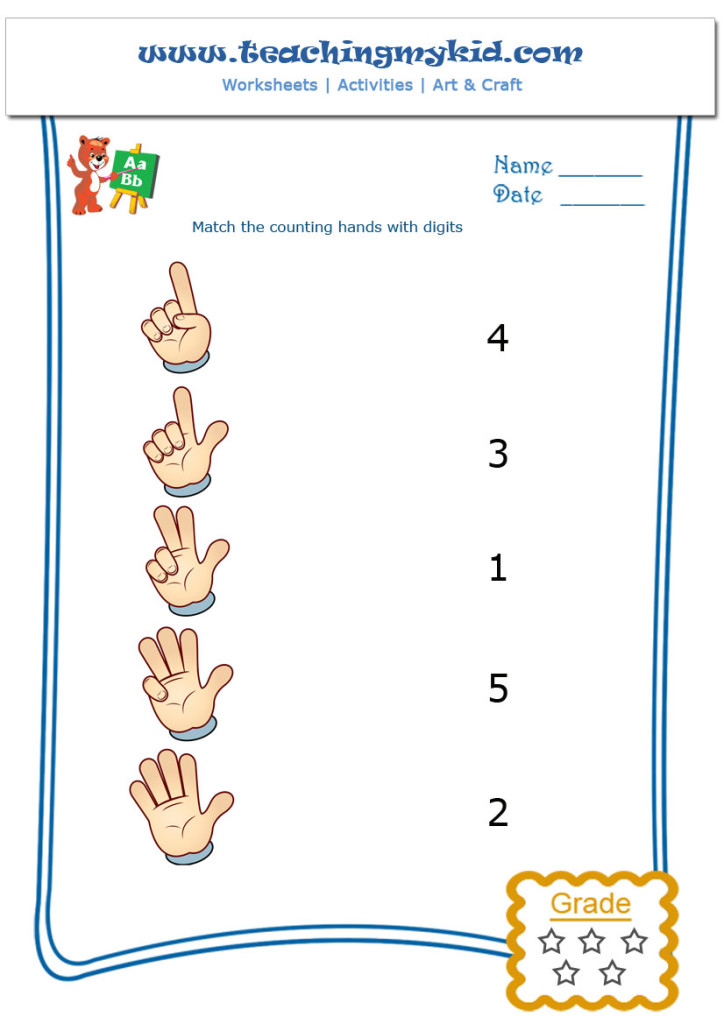 Learn Numbers With Chutes and Ladders
Learn Numbers With Chutes and LaddersBy adding a new rule to Chutes and Ladders, you can turn a beloved children’s game into a fun math lesson.
Numbers Worksheets for Preschoolers & Kindergartners
67. M&M Math
Learn math with these M&M math sheets. Count (and taste) M&M’s, write numbers, add, subtract, and multiply with these free worksheets.
68. Printable Colored Fish
Print and laminate these printable colored fish with paper clips. Add them to a tub and have your child “go fishing.” Tell them which color and number fish to fish up.
69. Romping & Roaring Number Set 15
This romping and roaring number set has 25+ math worksheets included. These math worksheets are great for preschoolers and kindergarteners.
70. Free Car Games For Kids
Print these free car games for kids. You will be looking for the numbers on the signs, assign place value, and find which numbers are more or less.
71. Beach Pail Number Recognition
Print off these free counting printable to help your child learn number recognition up to 20!
72.
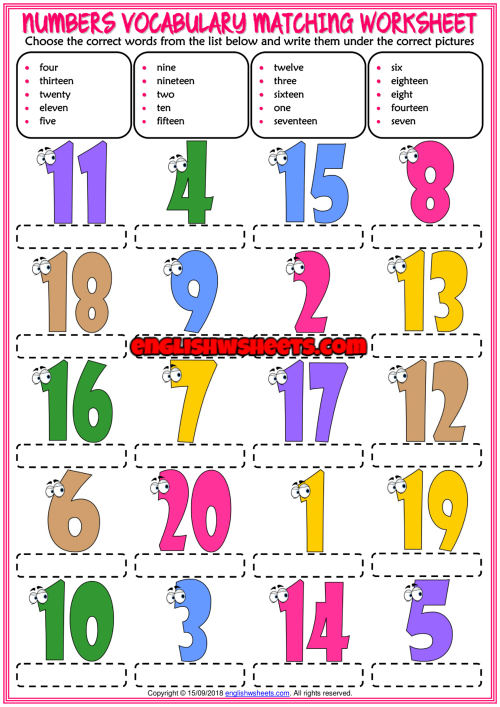 Romping & Roaring Number 9, 10, 11, 12
Romping & Roaring Number 9, 10, 11, 12There are so many math worksheets! Learn about matching, trace word and numbers, match number and pictures, count and circle, and more!
73. Number Tracing Worksheets
Learn numbers and practice fine motor skills. There are number tracing worksheets for numbers 1-10.
74. Candy Corn Printable
This candy corn printable is not only free, but is a super fun math sheet. You have to circle the right number of candy corns!
75. Learn To Count Printable
This learn to count printable will teach your toddler or preschooler how to count to ten.
76. Free Printable Counting Mats
This free printable counting mats are so cute, they look like little bird nests with numbers on them. Add glass beads to the nest bases on the number on the printable.
77. Preschool Printables
These preschool printables are actually super cute and will teach your kids how many!
78. Connect The Dots With Numbers
Does your child love connect the dots? Not only are they great problem solving activities, but these connect the dots with numbers teach you to count, and work on fine motor skills.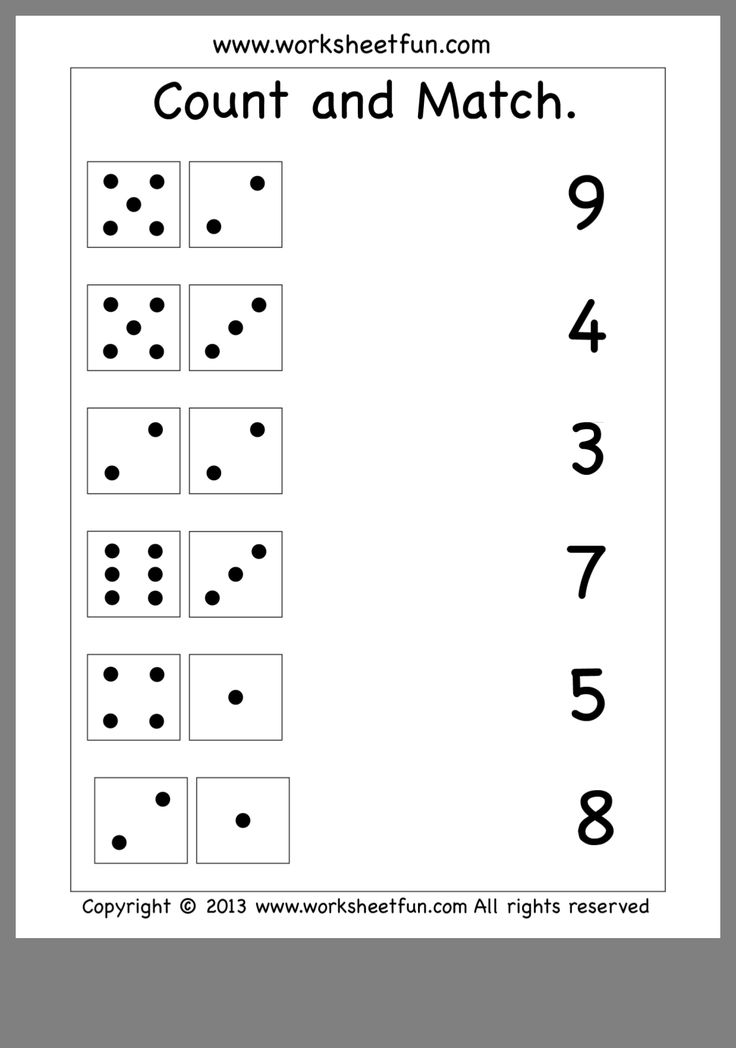
79. Montessori Greater Than Less Than
Learn greater than and less than with this Montessori alligator themed math printable.
80. Printable Counting Book
A printable counting book is a must have to teach your preschool and kindergarten children to identify and naming numbers. What a great way to learn number identification.
81. Free Farm Grid Games
Farm grid games are a free printable that support basic math skills while making learning fun. It is a great way to learn addition.
82. Lady Bug Counting Cards
These lady bug counting cards are a fun way to learn to count. Clip clothes pins on the correct numbers or laminate and circle the numbers, there is no wrong way to do them. This is a wonderful way to build a strong foundation in education and practice counting skills.
83. Printable Math Games
This printable math game is super cute and requires you to wrap yarn around reaching the next number in line.
84. Free Romping & Roaring Number Pack 16
This number pack has even more math worksheets that includes: tracing numbers, color by number, find the number, number dice, and more!
85.
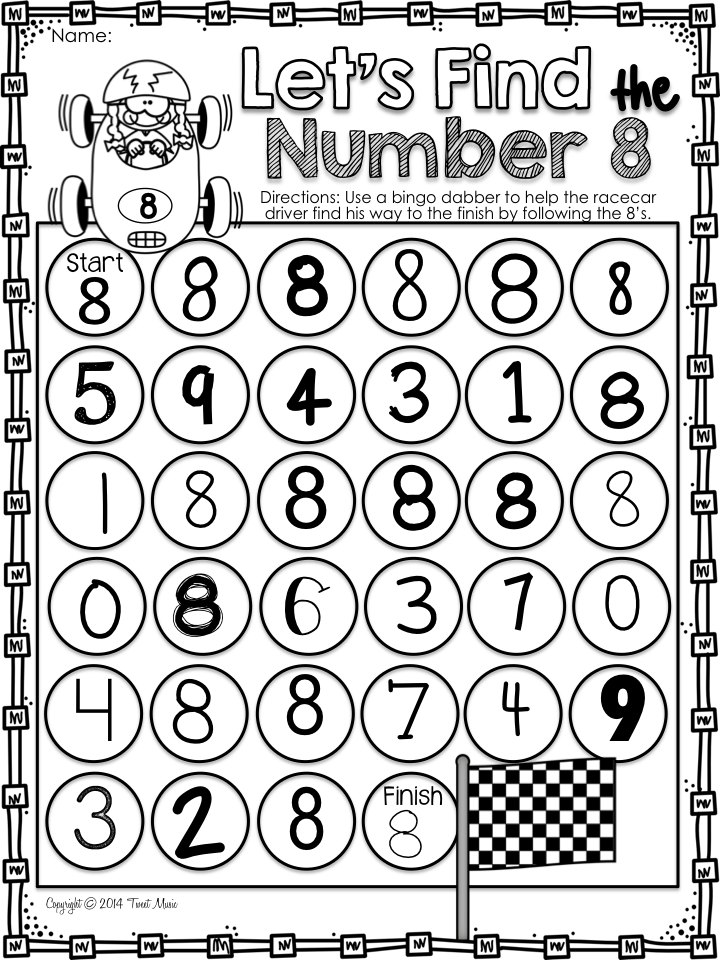 Number Words
Number WordsLearn to count and number words with this super simple printable. This is great for toddlers to first graders.
86. Sorting Game
This school bus sorting game is super simple. Print out the school bus and then use sticky notes to count all the windows from 1-5.
87. Counting Flowers
Print off this number circles page and use petals to fill in the dots. You could also use small silk flowers for this counting flowers worksheet.
88. Number Coloring Pages
Print off these number coloring pages! Not only are they a ton of fun, but your kids will be learning numbers 1-10.
89. Learning Numbers Game
Learning numbers has never been easier with this free printable. Print it out and then fold it to look like a paper fortune teller for math fun.
90. Five Little Monkeys Jumping On The Bed
Learn numbers with this five little monkey jumping on the bed printable to go along with the song.
91. Free Ice Cream File Folder Game
This free ice cream file folder game helps your child count in a fun way as they count the colorful sprinkles on each cone.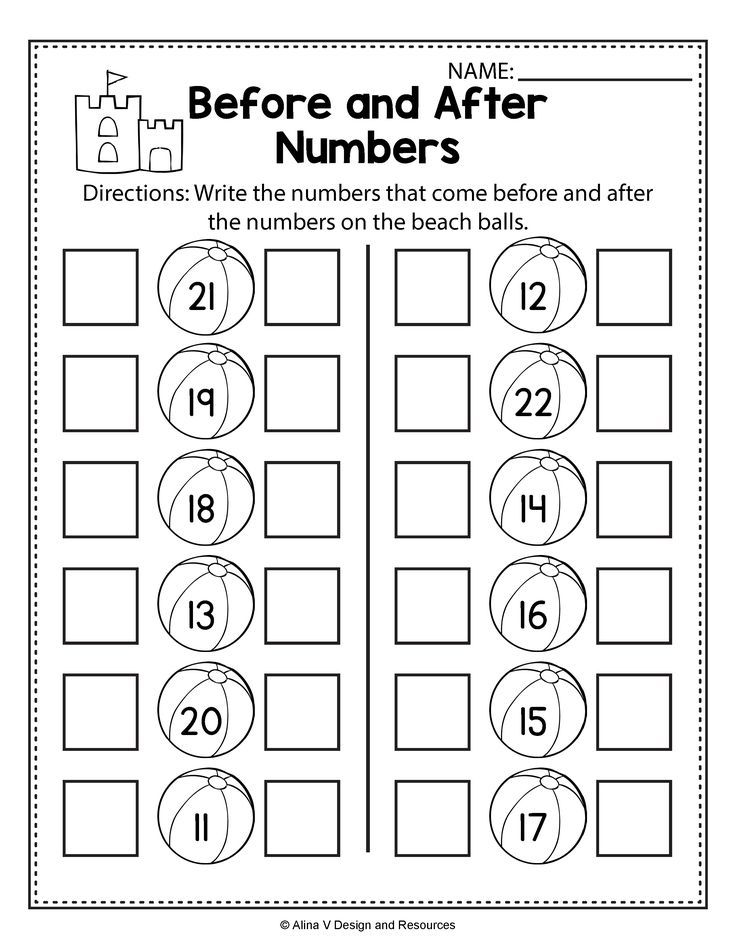
92. Free Kite Number Cards
Have your child count the kites on theses free kite number cards and then use a clothes pin to clip the correct answer.
93. Free Printable Blank 100 Grid
Use this free printable blank 100 grid to learn about number patterns, counting to 100, counting by 5’s and 10’s and more! Don’t worry this isn’t a number line, but a grid. It’s a fun activity that teaches important skills and bigger numbers. Perfect for preschool children and kindergarten kids.
94. Preschool Ladybug Counting Activity
Count the different colored lady bugs with these free printable counting cards and use a clothes pin to clip the right answer.
95. Free Printable Dump Truck Counting Mat
This dump truck counting mat is so cute. You use a number card to show you how many LEGOs you need to load into the dump truck.
96. Romping & Roaring Number 13
This number 13 printable pack has all things number 13 with over 40 pages like: playdough mats, number tracing, number writing practice, and more!
97.
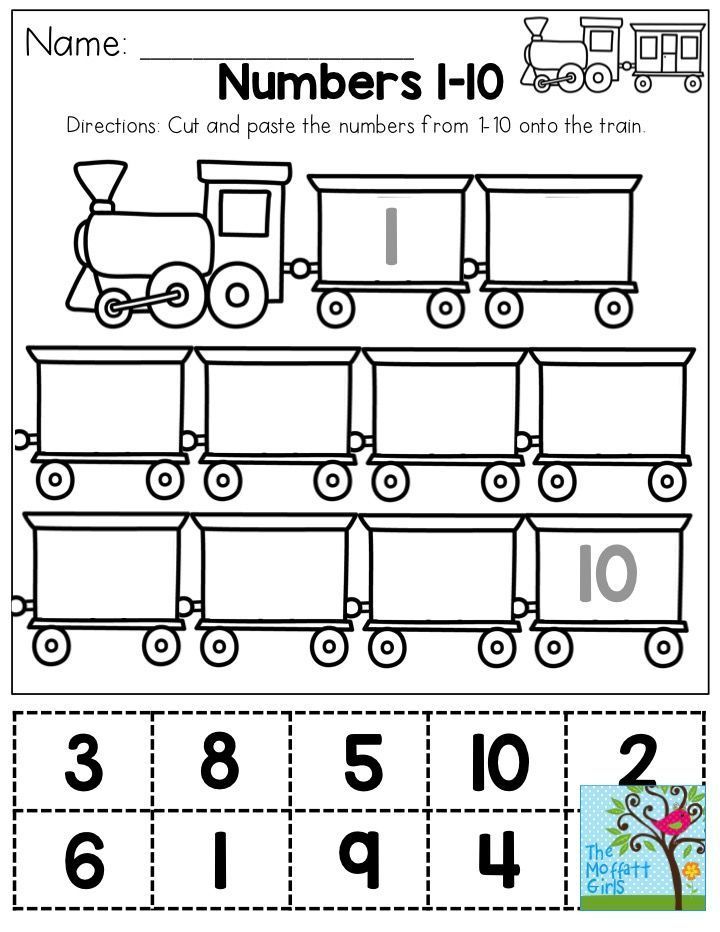 Match & Count Free Printable Math Cards
Match & Count Free Printable Math CardsMatch the cards with the pictures to their corresponding numbers with these free printable math cards.
98. Flower Coverall
This flower coverall game is so cute! Grab these printables, pom poms, and a paper clip. This is a fun and simple way to teach basic math skills like addition.
99. Math Store Printables
Use these math printables to label prices on your pretend store. This is a great way to teach your child how to count money.
100. Free Count, Rhyme, Repeat E-Books
Download these free math e-books to help your child count, rhyme, and more. Math can be fun with this pages that depict numbers, animals, and forests. These are not a nursery phyme, but a great activity and lots of fun.
101. Greater Than, Less Than, Equal To Worksheets
Work on greater than, less than, equal to worksheets using pony beads. This worksheet is free and great for kindergarten kids and even first graders.
102.
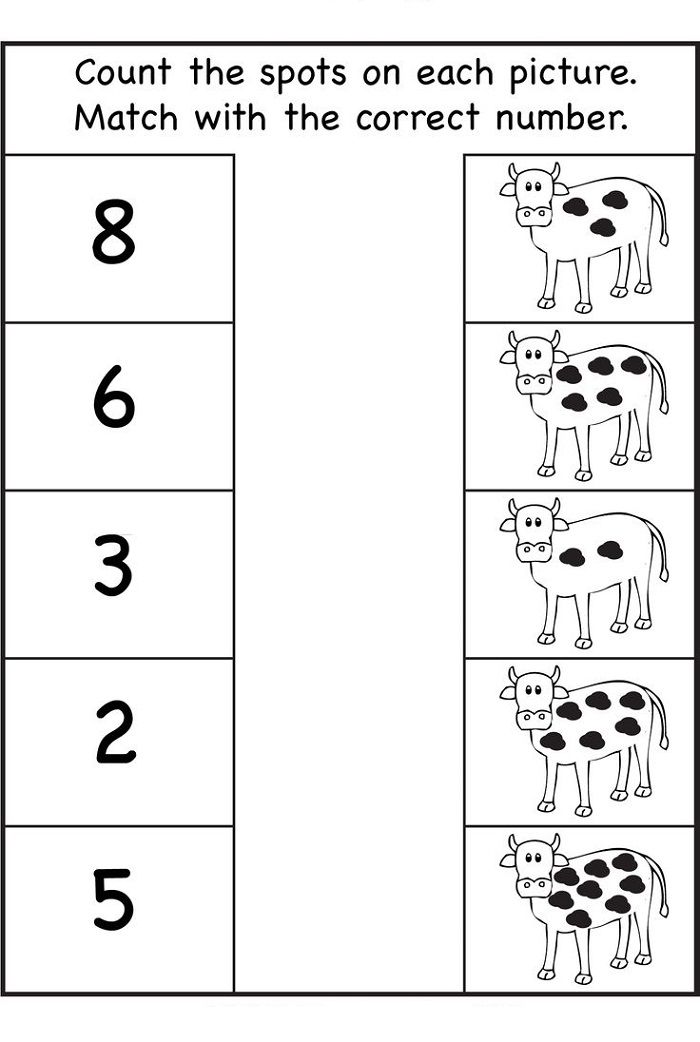 Gingerbread Man Kindergarten Math Facts Printables
Gingerbread Man Kindergarten Math Facts PrintablesLearn math facts using these super cute and simple gingerbread math printables. This is wonderful for little kids.
103. Romping & Roaring Number 14 Printable Pack
This romping and roaring number 14 pack has 40 pages that include: follow the number path, color by size number, roll and count numbers, and more.
104. Learning Numbers With A Free Printable Chart
Looking for more math fun for younger children. This free printable number chart may seem simple, but using stones with numbers on it can teach your little one to not only count, but letter recognition as well.
105. Race To 100 Printable Sheets
This race to 100 game is a fun game that multiple children can play. All you need are tokens and dice to play this number game.
106. Printable Numbers Memory Game
These printable numbers memory game is a little more tricky. You have the actual number, the word, and then pictures. You have to match the printable numbers with the picture cards.
You have to match the printable numbers with the picture cards.
107. Pete The Cat and His Four Groovy Buttons
Print out this shirt so your child can count Pete the Cat’s four groovy buttons while you read them the book!
Learn the Numbers with Counting Activities At Home
108. Number Houses
Use recycled bottles to create number houses. Decorate them and add numbers to them and then promote pretend play by driving numbered cars to their numbered homes.
109. Math Art For First Graders
Learn about patterns and numbers with coloring! This math art for first graders is perfect for first graders and is a fun way to not only learn about patterns, but to color as well.
110. Playdough Number Activity
Use a white table cloth and draw incomplete faces on it and let your child use playdough to make faces! Some of these faces will need 2 eyes, or 1 mouth, 1 nose, 4 freckles. This playdough number activity teaches part of the face and counting!
111.
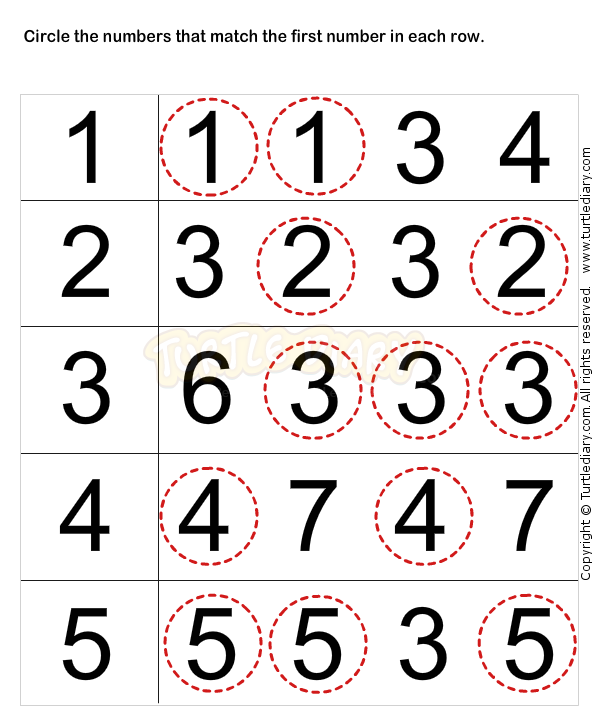 Playdough Math Activity
Playdough Math ActivityPlates, playdough, and foam dice is all you need for this fun playdough activity. Learn to count and number recognition with this simple math activity.
112. Math Fraction Art Project
Construction paper, glue sticks, and scissors is all you need to make fraction art! Fractions can be difficult to learn, and this is a super cute way to make it easy.
113. Mobius Strip
A mobius strip may look like a simple curly piece of ribbon or paper, but a mobius strip is a surface with a boundary. There is even a parametric equation for the mobius strip.
114. Counting With Yertle The Turtle By Dr. Seuss
Make your own turtles, and enjoy a Dr. Seuss story while you learn to count! This Yertle the Turtle math craft is super cute.
115. En Aquel Prado
En Aquel Prado is a fun animal counting story based on a poem. This is not only something fun to read, but after your child can draw out the story using the right number of animals.
116. Math Picture Book Activities
Make your own math picture book and add numbers, sticks, and other fun math crafts to each page.
117. Five Little Speckled Frogs
Five Little Speckled Frogs is a cute little preschool counting song. But once you’re done counting, don’t forget to make your own little frogs complete with flies!
118. Fun Edible Numbers
Learn about numbers, number recognition, with this fun edible numbers recipe. Each number is a delicious soft pretzel! Yum!
119. Number Cookies
Bake cookies, but each number cookie has a number of chocolate chips on it. Not only will this help with counting and number recognition, but they’re delicious!
120. DIY Number Gems
These DIY number gems are color, sparkly, and a great way to learn about numbers or use as token for other math games and math worksheets.
121. DIY Dice
Need a dice for your math games? Make your own DIY dice using stickers, paper, tape, and cardboard.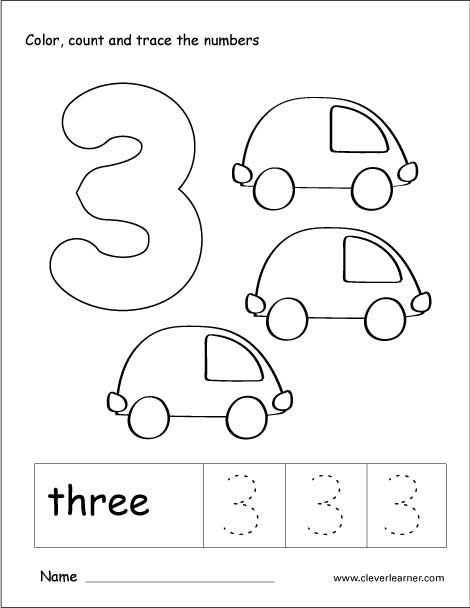 Make your own board game!
Make your own board game!
122. Bottle Top Calculator
This is a cute little game that you can make using cardboard, markers, bottle lids, and stickers. This will help with letter bottle top calculator recognition!
Learn About Numbers with Counting Activities For 3-4 Year Olds
123. Number Chart
Use a number chart that goes to 100 and use number tabs to help your little one learn about number patterns.
124. Shapes and Money
Use coins to learn math! You can learn about shapes and money at the same time with this shape lesson. Make patterns, shapes within shapes, and more. Learn real life skills, counting, and other math ideas like larger numbers.
125. Homemade Puzzle
Make this homemade puzzle to learn to count. Not only is it a picture puzzle, everyone loves Mickey Mouse, but your preschooler and kindergartener will be able to count up to 16.
126. Train Counting Puzzle
What a fantastic way to learn early math skills.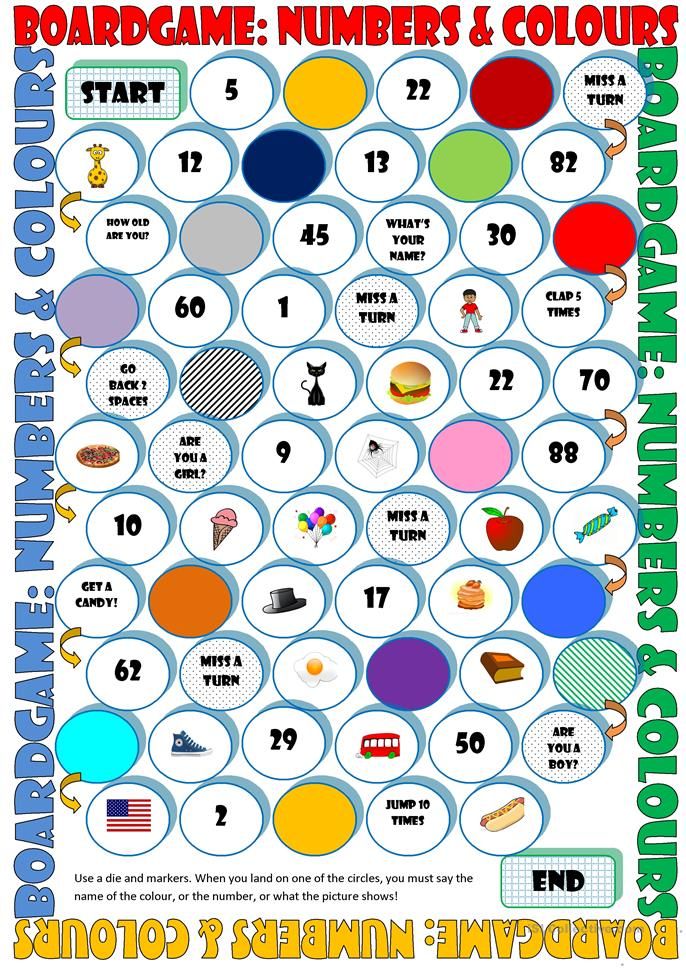 This train counting puzzle is so cute and helps your child not only learn to count, but problem solving as well.
This train counting puzzle is so cute and helps your child not only learn to count, but problem solving as well.
127. Counting Popsicle Stick Puzzle
Not only will this counting popsicle stick puzzle help your preschooler learn numbers 1-10, but it also doubles as an art project. This is a great way to build your preschooler or kindergarten kid’s knowledge of numbers.
128. Estimation Jar
Estimation is a math term that is kind of like a puzzle. You’re guessing how many their are and these estimation jar will give your child a great way to practice estimating. This is one of the best number sense activities.
Beginner Pre Number Activities
129. Free Montessori Math Videos
Want more preschool math activities? These free Montessori math videos will give you some math help. Not in the sense of teaching you to count, but will help you put together a proper math lesson for your child.
130. Counting In The Garden Book And Others
Using books like: Counting In The Garden, One Whole Bunch, Nana’s Garden, From The Garden…and others are great to teach your kids how to count.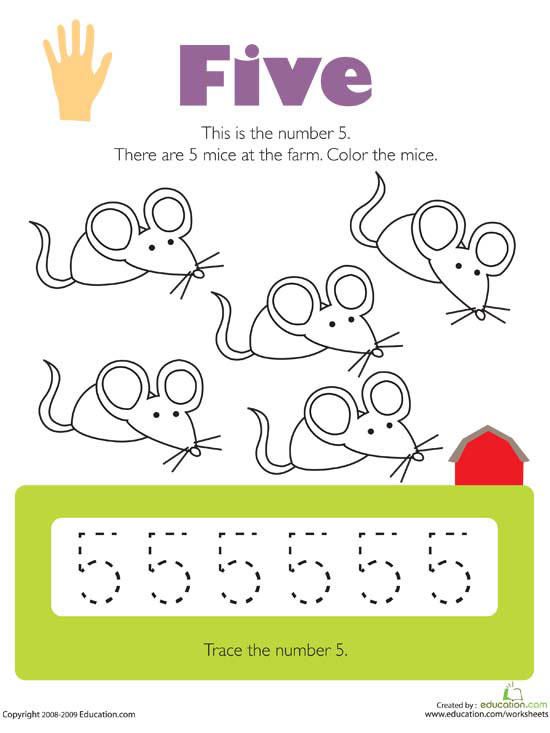
131. Learning Numbers With Counting Bears
What a great introduction to counting. If you’ve gotten some counting bears hoping to help your child learn, we have a list of different ways to use them to make learning numbers fun and easy.
132. Counting Ideas
Need more ideas for your toddler, preschooler, or kindergartener’s math lesson plan? These counting ideas vary from writing, counting, worksheets, playdough, and more.
133. Intuitive Math Skills
Wanting to know how you can encourage early intuitive math skills? There are so many good tips and tricks on how to do just that. This is one of my favorite fun number activities.
134. Hands-On Math Projects
We found some great preschool number activities. Want some hands-on math projects for your lesson plan? There 6 math projects are great for preschoolers and kindergarteners.
135. Get Preschoolers Excited For Math
Check out these early math concepts. Looking for ways to get preschoolers excited for math? Here are 20 amazing tips to do just that.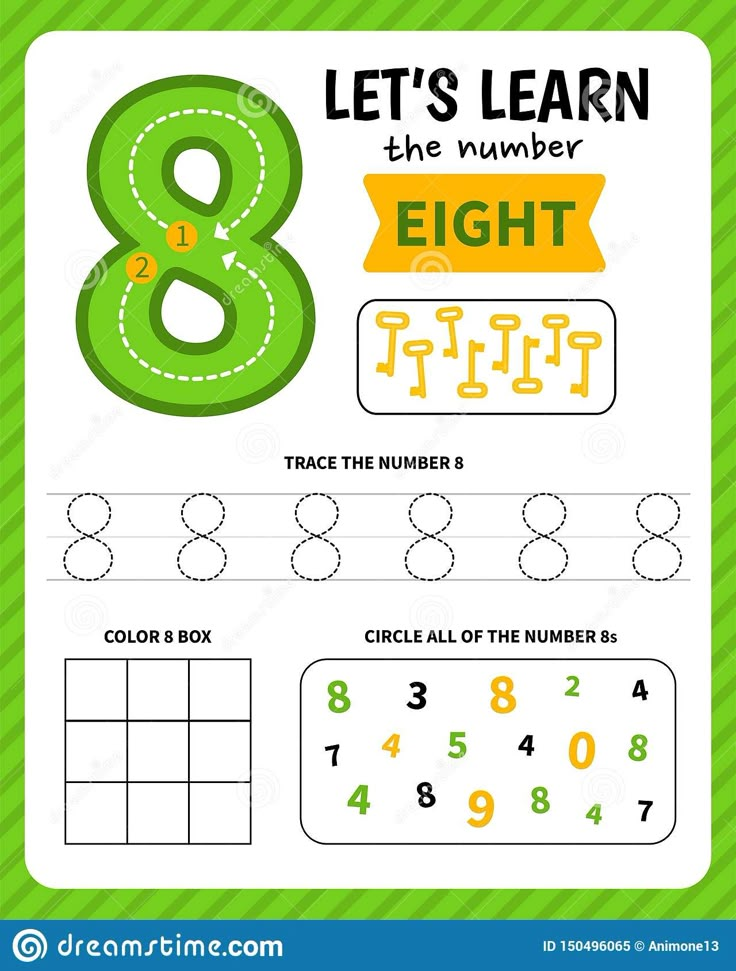
136. Math Picture Books For Kids
Do you need some supplements for your math lessons? These math picture books are absolutely perfect! Preschool kids will love these fun activities.
More Educational Activities For Kids From Kids ACtivities BLog:
Kids are naturally curious and love to learn more than just numbers! Nurture their minds with these educational crafts and activities!
- Free Educational Apps for Kids
- Lego Balance Scale STEM Project
- Flashlight Solar System
- 25 Fun Weather Activities and Crafts
- 10 Fun Math Games for Kids!
- Super Fun Math Games
- Fraction Game: Cookie Math
- FREE Printable Math Activities
- Fun math games
Comment below with your family’s favorite number crafts and activities!
40 Awesome Number Activities for Preschoolers
You are here: Home / Activities / Learning / Math & 123s / 40+ Awesome Number Activities for Preschoolers
16 Dec
Math & 123s
PopularPreschoolersCounting
Numbers
Resources59 Comments
SHARE POST
Number activities for preschoolers don't have to be boring and just worksheets, make them fun so your preschooler will love math!
I love math.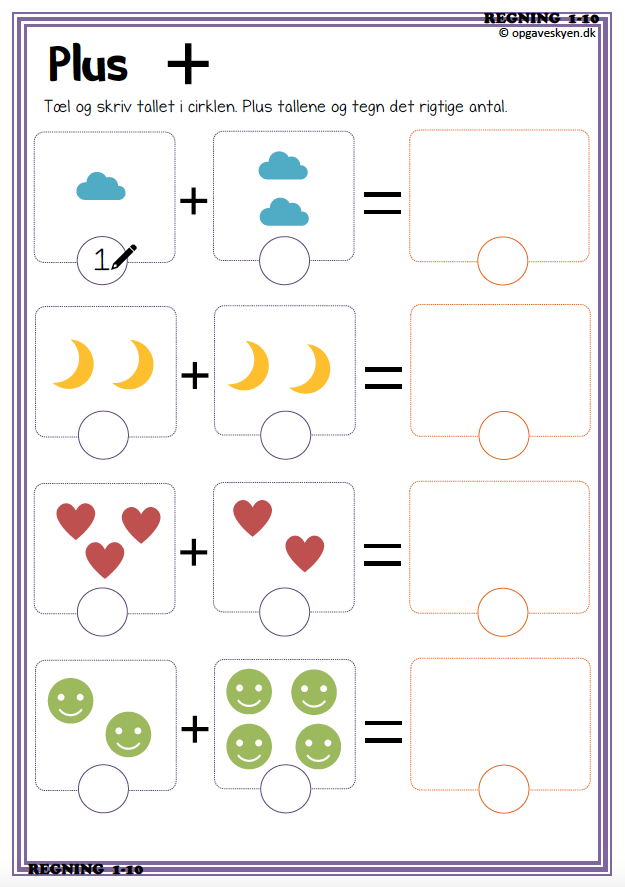 I’m a nerd, yes. But I love anything to do with numbers.
I’m a nerd, yes. But I love anything to do with numbers.
I really do hope I can pass this along to my kids by making learning activities about numbers and counting fun for them and not a chore.
As I’m typing this, Henry’s shouting excitedly as he’s counting how many things on his sprayer…though I’m not really sure what he’s counting exactly. He made it to 39 though!
Because I’m a huge math nerd I searched for easy and fun number activities for preschoolers.
My Favorite 40+ Number Activities for Preschoolers!
Try these activities to help preschoolers learn their ABCs!
Recognizing Numbers Activities for Preschoolers
Identifying numbers can be a learning experience for preschoolers (and younger!). Many of the ABC recognition activities can also be adjusted for numbers.
My kids love these 12 number activities for preschoolers to recognize numbers.
- Turn a number into sensory art – perfect for the 100th day of school!
- Go on a hunt for numbers and match it with the same number!
- Follow a number from start to finish in a maze.
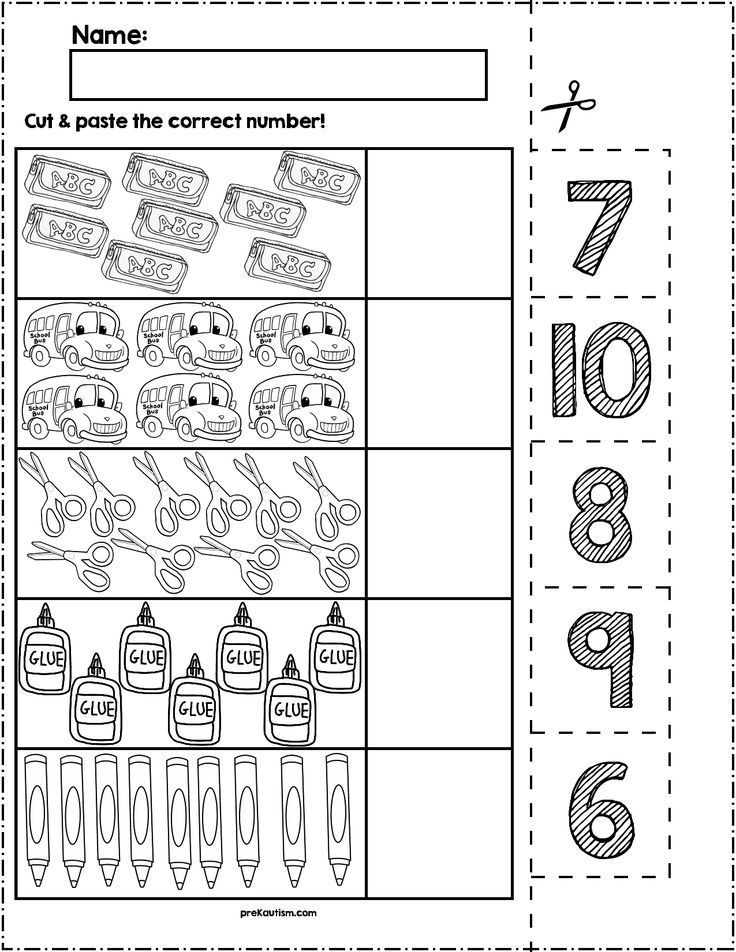
- Trace numbers, really big!
- Little Family Fun created a parking lot with numbers.
- Pop! Find the number and pop it!
- Find and match playing cards.
- Have target practice with water balloons and numbers, like Motherhood on a Dime
- Make art! Do this paint by number canvas art.
- Use stickers and printable number cards to play hide and seek, from Teach Mama.
- Draw and paint over numbers with q-tips, like Toddler at Play!
- Clip and match with giant numbers from You’ve Got This Math!
Activities for Number Recognition
Counting Activities for Preschoolers
Learning there’s a sequence to the numbers and what comes next. Try these 18 number activities to help preschoolers learn to count.
- Connect the dots! A simple past-time activity that reinforces the order of numbers.
- Upcycle a box into a puzzle of numbers!
- Create a maze of numbers to drive through. Can they count their way to the end?
- Stacking up boxes and counting how high you can go!
- Make a craft together with multiple pieces.
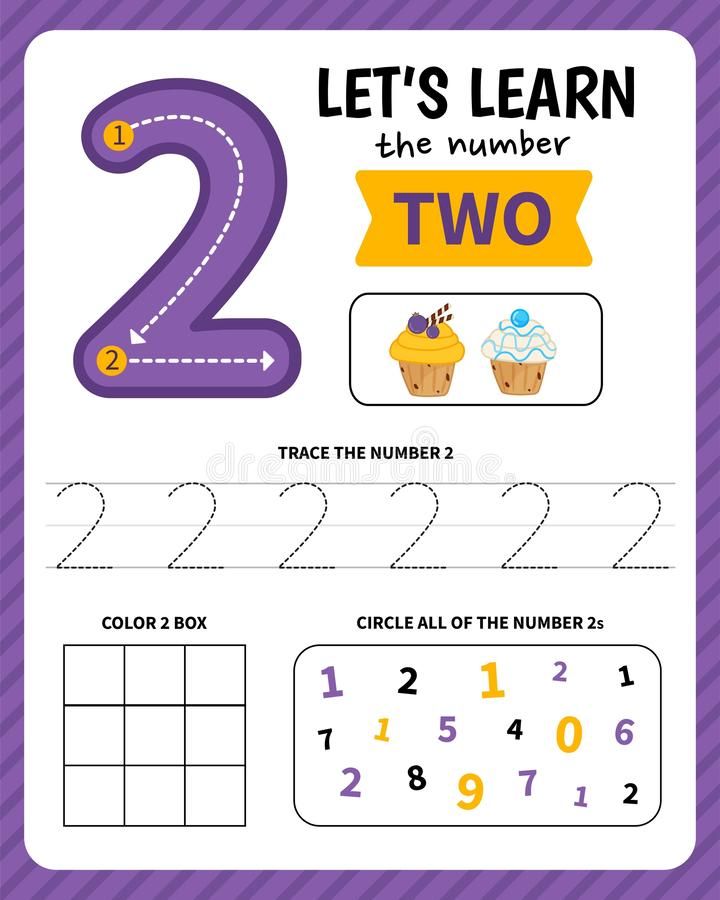 Have your child do the counting!
Have your child do the counting! - Count cars of a particular color while on the road, or semis, or vans, whatever suits their interest!
- Create a learning game with your ABC mat and number blocks. Choose a number block and pound the corresponding times with a hammer on the corresponding number mat!
- Let your child run an experiment and measure how much something holds! How many cups fit?
- Make puzzles with a picture. Label sections of the puzzle in numerical order. Cut apart and have your child put it back together again, from Growing in PreK.
- Use friendly animal crackers to practice counting and number recognition, like I Can Teach My Child.
- Measure objects (or yourself!) and count how big they are, from The Imagination Tree
- Count objects around the house. No Time For Flash Cards wants to know “How many doors do you have?”
- Play any board game, or make your own! Little Family Fun creates a fish race game!
- Count with LEGO! Do Play Learn likes to label a paper with numbers and count out the LEGO next to it.
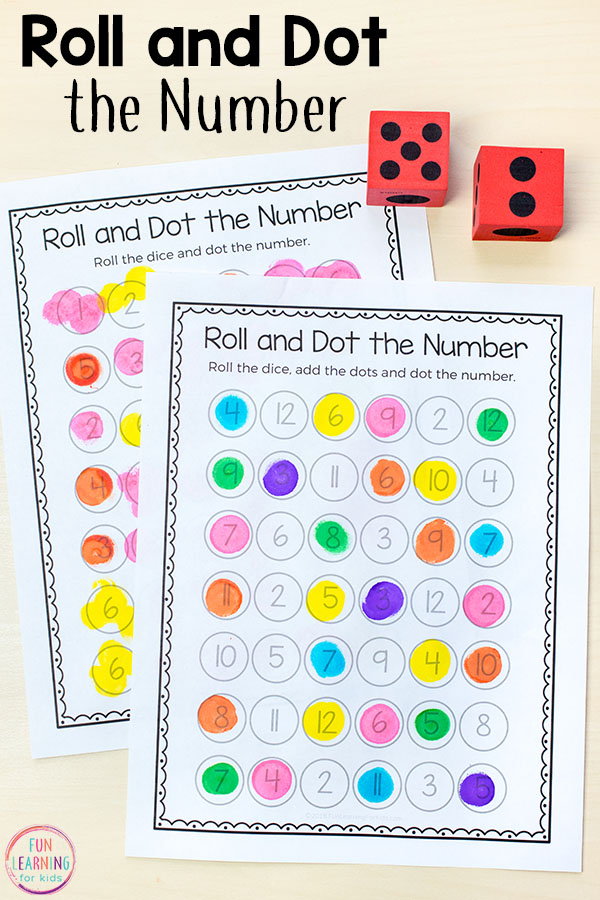
- Snack time! Use dice and fruit snacks and play until you eat them all up, like Kids Activities Blog.
- Have a bean bag toss on the stairs, number them!
- new
- new
Counting Activities for Preschoolers
One to One Correspondence Activities for Preschoolers
Knowing your numbers is one thing and knowing how to count is another. But being able to put them into context that they each have meaning is done with one to one correspondence.
Get ready for preschool with 35 name activities!
I love these 12 number activities that help a preschool practice one to one correspondence.
- Head out into nature and explore flowers. Count and compare flower petals!
- Go on a hunt for a number and match it to its corresponding dots.
- Build towers of blocks on a number mat, with the correct number of blocks high!
- Spark your child’s interest with their interests! A farming approach of loading grain bins with the corresponding number of pieces of “grain.
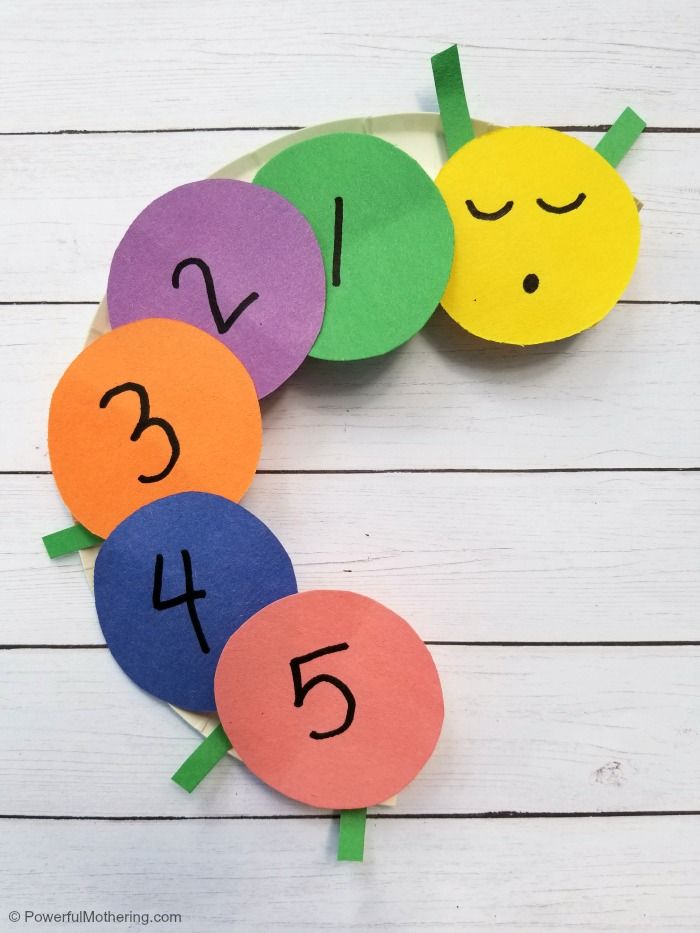 ”
” - Have a newspaper throwing game and count up the newspaper balls, or how many you make, or miss!
- Make something in the kitchen together, or do an experiment and let your child measure out and do the counting.
- Sort through objects by color, and count how many you have of each!
- Fill a dump truck with objects (like Dominoes!) and count how many you can fit in there, like Inspiration Laboratories.
- Estimate first for some fun and then count item, from Teach Preschool.
- Have a counting race in the front yard and pick dandelions in the process!
- Roll a die (or two!) and practice one to one correspondence as kids build towers with blocks.
- Use a dice and small objects (like pom poms or corn kernels) and count them and fill up a tray.
One to One Number Activities for Preschoolers
Counting and number books that will get preschoolers excited about numbers:
- The Baker’s Dozen: A Counting Book
- I Spy Numbers
- One Big Building: A Counting Book About Construction (Know Your Numbers)
Do you actively work on numbers and counting with your child? Share your favorite activities!
SHARE POST
About Jamie Reimer
Jamie learned to be a hands on mom by creating activities, crafts and art projects for her three boys to do.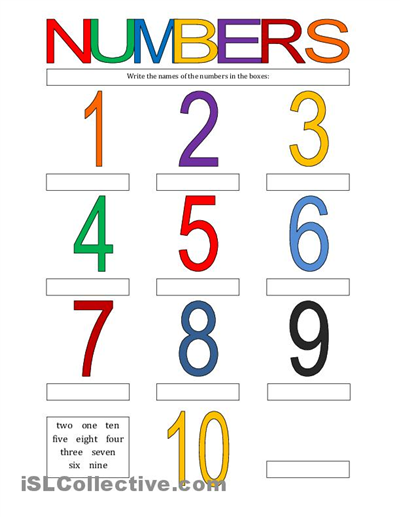 Jamie needed the creative outlet that activities provided to get through the early years of parenting with a smile! Follow Jamie on Pinterest and Instagram!
Jamie needed the creative outlet that activities provided to get through the early years of parenting with a smile! Follow Jamie on Pinterest and Instagram!
Reader Interactions
Methods of teaching mathematics | Educational and methodical material on the topic:
Lecture topic: Methods of studying the numbering of the numbers of the first ten.
Study plan:
- Tasks for teaching the first ten.
- Teaching 1st grade students numeracy.
- Didactic value of S. Marshak's works in the process of teaching mathematics.
- Some stages of work in the study of the numbers of the first ten:
A) formation of numbers; nine0003
B) designation of a number as a digit and writing of digits;
C) the ratio of the number of numbers and numbers;
D) comparison of sets and numbers.
- The study of students' ideas about number and number.
1. Tasks in teaching the first ten.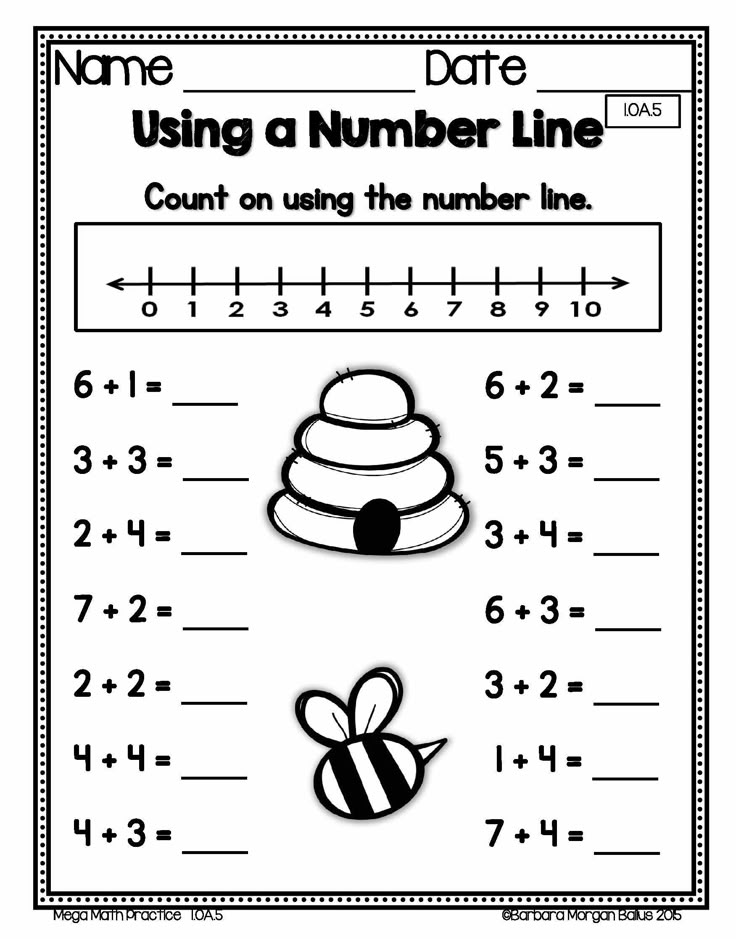
What are the tasks facing the teacher before learning the numbers of the 1st ten in the 1st grade?
- Introduce children with intellectual disabilities with natural numbers. nine0008
- To teach how to correlate a finite subject set with a number.
- Teach how to mark a number with a number and select the appropriate number.
- To introduce the initial segment of the number series and the properties of numbers in the number series.
- To teach to determine the total number of elements of the subject set and highlight the correct part of the finite subject set.
- To teach how to compare finite subject sets and numbers.
- To introduce addition and subtraction based on operations with object sets, with the property of actions, the connection between addition and subtraction, with the difference between them. Teach writing examples and solving them. nine0008
- To introduce the solution of arithmetic problems for finding the sum and remainder and with measures of cost and length.
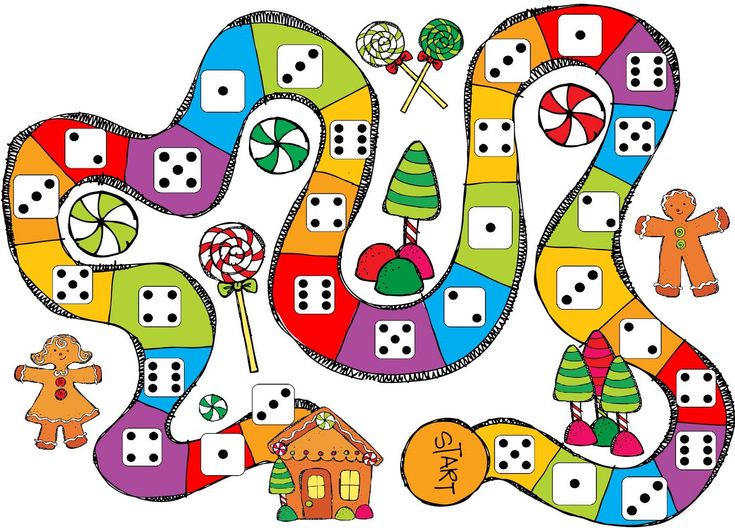
2. Teaching 1st grade students counting.
When learning to count, it is necessary to adhere to the following sequence in the requirements for children. At the first stage, students should be able to count objects by shifting them, at the second - only by touching them, at the third - counting objects with their eyes, at the last, students must mentally determine the number of objects. nine0003
In the methodology of mathematics, there are two ways of forming numbers: monographic and computational. The monographic method is based on the perception of a group of objects, and the computational method is based on counting by one. In the formation of numbers from 1 to 5, it is necessary to use the method of perceiving a group of objects, numbers more than 5 - a computational method. Let's consider what patterns a teacher should take into account when studying numbers from 1 to 5. verbally, the child can count up to 5, but has no idea about the number. nine0003
Secondly, in notebooks it is necessary to present the subject content of the number broadly.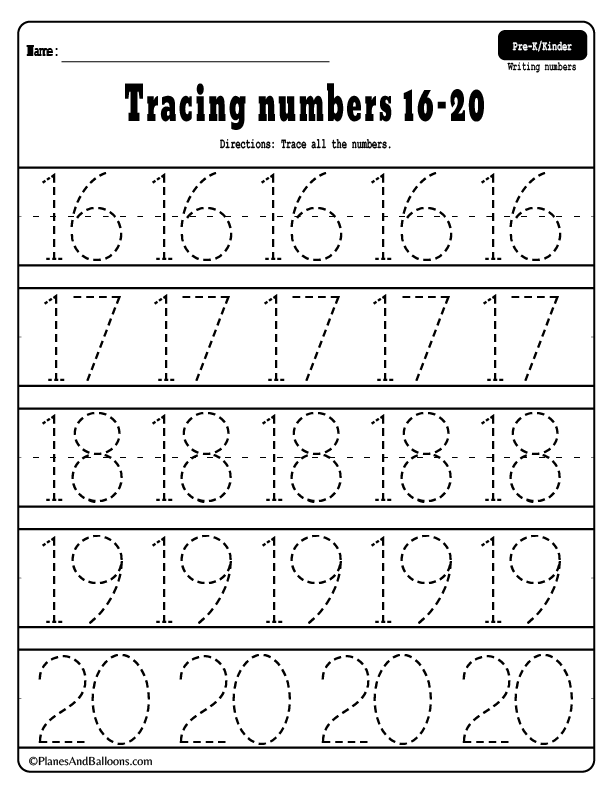 For example, stick a picture with the image of one cherry, two. Stick two or three mushrooms, etc. Work should be done on a number, not a number. (See Appendix 1).
For example, stick a picture with the image of one cherry, two. Stick two or three mushrooms, etc. Work should be done on a number, not a number. (See Appendix 1).
Thirdly, in the lessons, when studying numbers from 1 to 5, it is necessary to carry out speech exercises of mathematical content. For example:
- “Our Tanya was subtracting with the kids. Subtraction how to understand? Something must be taken away. Arishka has nuts, Mariska has a nesting doll, Andryushka has a new ball. In the yard and howling and crying. The answer came out: there are toys - there are no girlfriends! nine0008
- “Seryozhka fell into the snow, followed by Alyoshka,
And then Irinka, followed by Marinka,
And then Ignat fell. How many guys are in the snow? (5 five)
In this speech, the task is to count the names of children. And in the next one - how many animals came to visit:
- “Alenka is visiting a cockerel in boots,
A hen in earrings, and a cow in a skirt,
In a warm sheepskin coat, a drake in a caftan,
Duck in a sundress.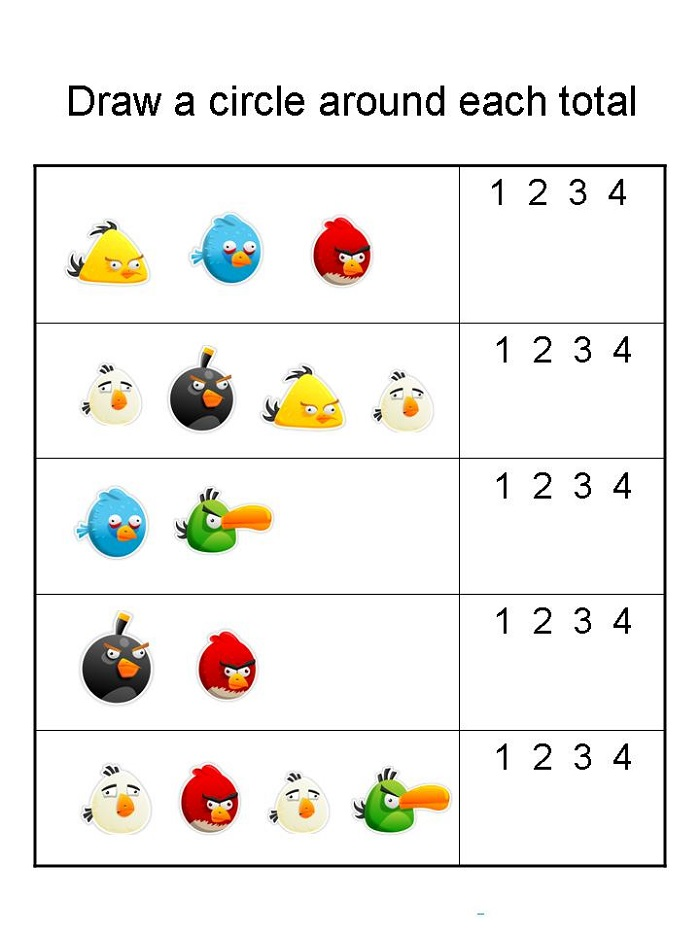 nine0003
nine0003
3. Didactic value of S. Marshak's works in the process of teaching mathematics.
In the process of teaching mathematics, the didactic value of S. Marshak's works is high. The cycle of poems "Merry Account" is popular in schools. In general, this work can be used when all the numbers have already been studied, but each part of the cycle gives the teacher certain entertaining material about the numbers and numbers being studied. The couplets containing descriptions of figures come first, but of course, these are artistic descriptions for which the poet was looking for exact comparisons:
“Here is one or one, very thin, like a knitting needle.
And this is the number two, look at what it is,
The deuce arches its neck, dragging its tail behind it.
Three - the third of the badges, consists of two hooks.
Three is followed by four, the sharp elbow of a bulge.
And then the number five began to dance across the paper,
She extended her handle to the right, her leg sharply bent.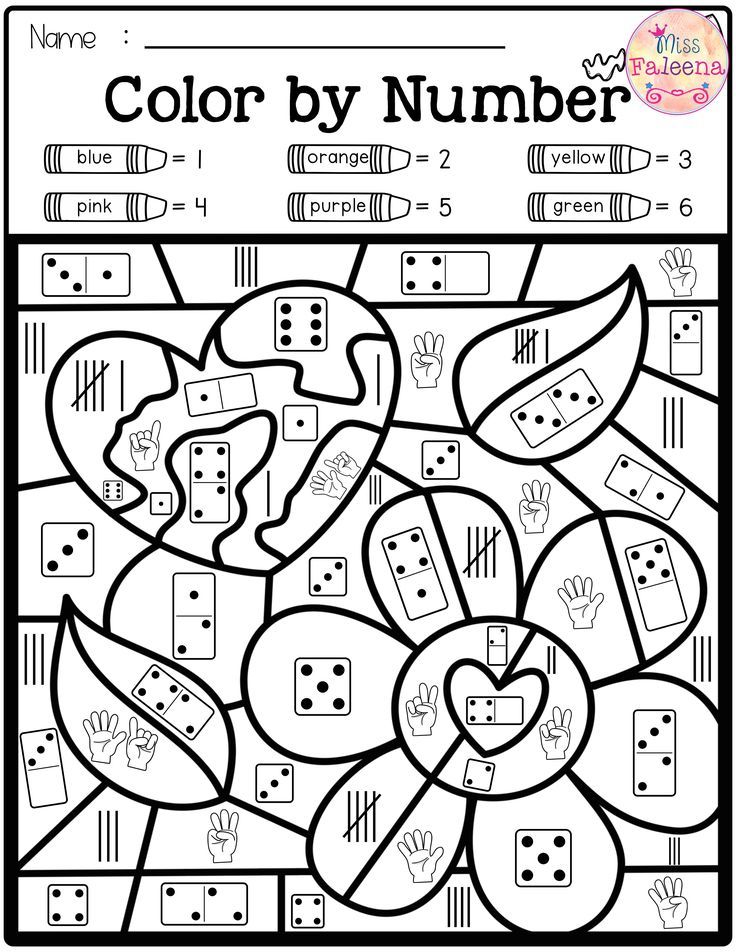 .. nine0003
.. nine0003
Here is a seven - a poker, it has one leg.
The figure eight has two rings, without beginning or end.
This is nine or nine, a circus acrobat.
If you stand on your head, nine will become the number six.
A number like the letter o is zero or nothing.
Round zero is so pretty, but knows nothing.
At the end of the first part of the cycle, S. Marshak suggests:
“Write these numbers in order in your notebook,
I'll make up a story for you about each one now.”
Then there are poems about those numbers that are indicated by these numbers. S. Marshak is looking for an accessible and memorable image for each number: two sisters - two hands, three colors are at the traffic light, etc. Children can continue to search for single and paired objects of those that have 3, 4, 5 or more elements, composite parts. With all this, "Merry Account" is not just didactic poetry. The poet seeks to develop the imagination, gives tasks for ingenuity.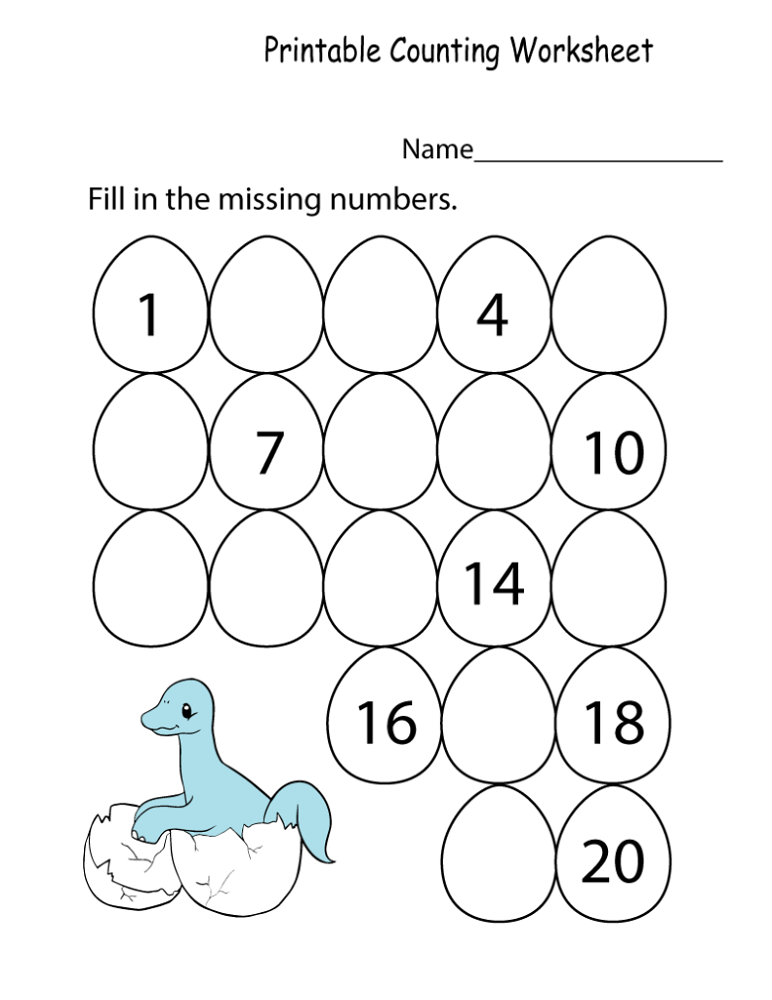 So, for "5" he composes a riddle:
So, for "5" he composes a riddle:
“In front of you are five brothers.
At home they are all without dresses,
But on the street, but every coat is needed.
There are no answers in the verses. The children must independently determine which brothers they are talking about. The teacher asks to show the fingers of the right, then the left hand, to show how the “brothers” are friends, how clean they are. About zero S. Marshak composes a fairy tale. Many of the poet's funny poems help develop counting skills. In mathematics lessons, you can also use the poem "Baggage". "What did I buy?" can become material for direct counting up to eight:
“I went to my grandmother's garden and found a penny there.
What did I buy? A hat, a cap, and in addition a rag, a piece of wood,
A spoon, a bowl, a bowl, a watering can - I bought everything for a penny”
And much more from S. Marshak's work is used in mathematics lessons. A teacher of an auxiliary school must constantly remember that it is possible to ensure the conscious assimilation of mathematical knowledge only through subject-based practical activity.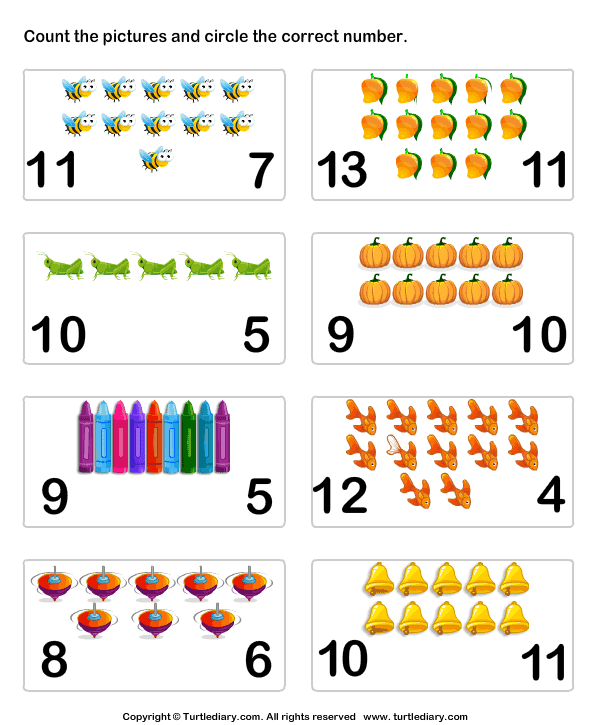 The study of each number of the 1st ten occurs in a certain sequence. Consider each stage of work on any of the numbers of the 1st ten. nine0003
The study of each number of the 1st ten occurs in a certain sequence. Consider each stage of work on any of the numbers of the 1st ten. nine0003
4. Stages of work in studying the numbers of the 1st ten:
sticks, nesting dolls, etc.). "How many yellow circles are there?" the teacher asks, pointing to the three circles. The students count and answer: “There are three circles here.” - “I put one red circle, how many circles are there in total? How did 4 come about? How many yellow circles were there? How many red circles did you put in? How many circles became after that? nine0003
Then the formation of the number 4 on other manuals is considered: “So how did the number 4 come about? To what number should one be added? With this question, the teacher leads students, based on the consideration of specific cases of the formation of the number 4, to a generalization: the number 4 will turn out if 1 is added to three. Not all students in grade 1 can make this conclusion on their own, but some of it is already available.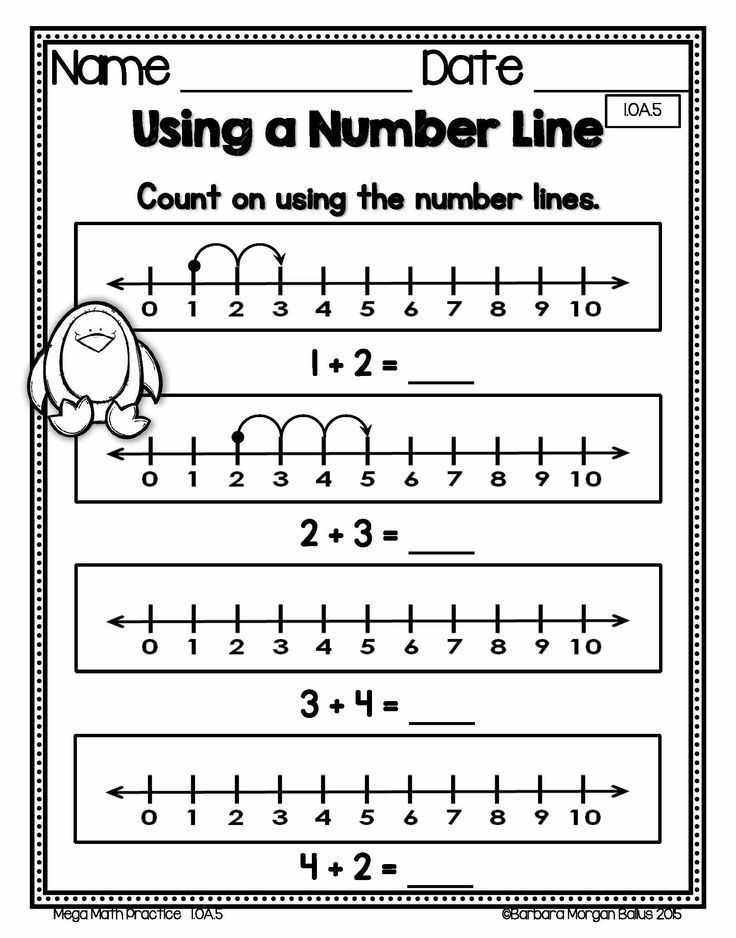
Then the teacher shows that if one of the four circles is taken away, then three circles will remain. The students were convinced of the new way of forming the number 3. The formation of the number is fixed by various exercises: “Set aside 3 yellow bones on the accounts. Add as many red pips to make 4. Glue or color 3 squares blue and 1 green. How many squares did you get? Circle 3 cells with a blue pencil. How many cells still need to be circled to make them 4? Next, students learn to count the elements of subject sets of four elements. Practical work on the account can be revived with an artistic word. At the same time, we regulate the mental activity of the child in the classroom, increase the strength of knowledge, and this allows them to better understand the surrounding facts and phenomena. For example, children reinforce the number 3. They play loto, make up problems, count, etc. The students are tired. It is necessary to switch their attention to more interesting activities.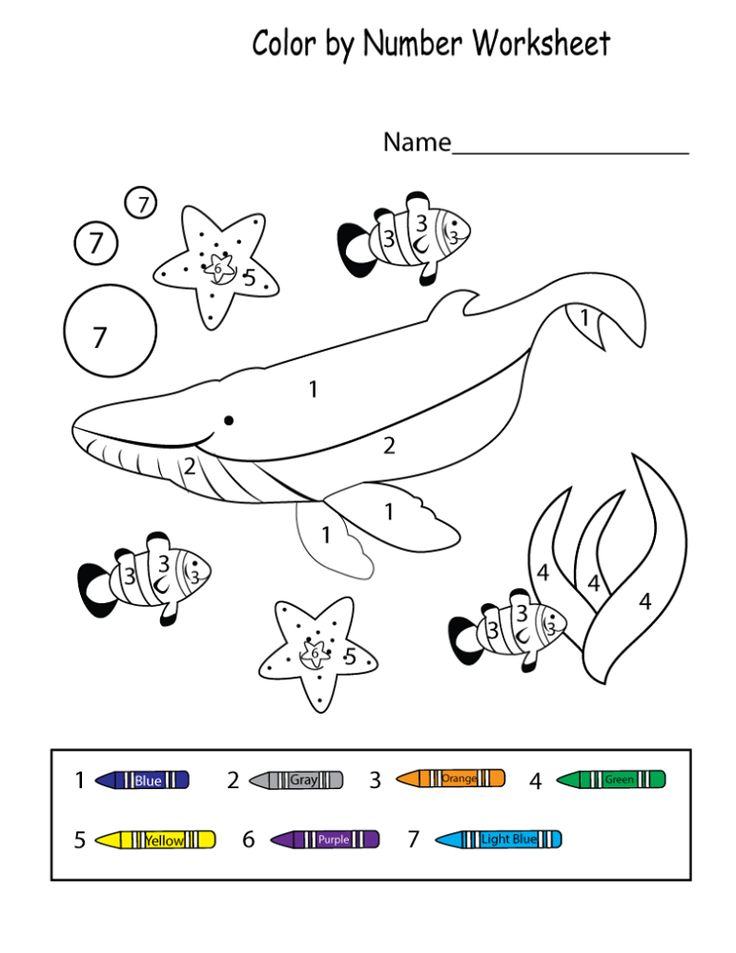 For example, you can offer "savvy" with a bright illustration:
For example, you can offer "savvy" with a bright illustration:
“Three wise men in one basin set off across the sea in a thunderstorm.
If the copper basin were stronger, my story would be longer.”
After that, the teacher asks: “Why is the story about the three wise men so short?” To consolidate the concept of number, it is very good to use various joke verses that require an answer:
“A family of macaques lives in the zoo, they don’t want to sit still.
Try to pacify such rascals, although there are not many of them, but only….” (three).
Children answer in chorus, looking at the picture of funny monkeys. To get acquainted with the number 4, you can use the following quatrains:
“They gave the elephant a shoe, he took one shoe
And said: “We need wider ones, and not two, but all ... ..” (four).
You can give the task of naming animals that have 4 legs. In this way, the life experience of children, their ideas are clarified, visual memory is trained, the right number is remembered.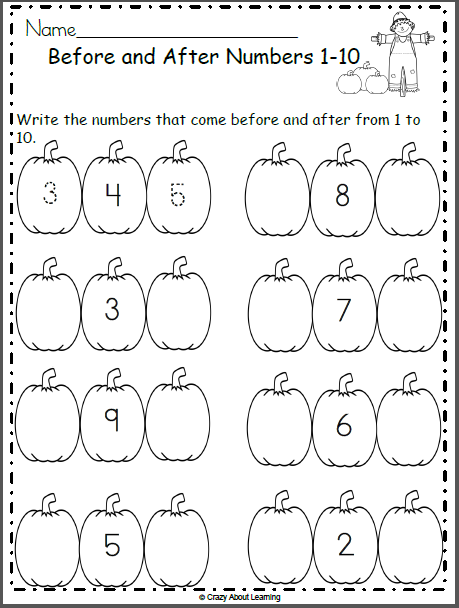 Questions "Why?" contribute to the development of logical thinking. For example:
Questions "Why?" contribute to the development of logical thinking. For example:
“The table has four legs, two on each side,
But these legs do not need boots and galoshes.”
"Why?" Who else doesn't need shoes on their feet?
A riddle can serve as a good relaxation in the lesson. It provides rest and pleasure, at the same time contributes to the development of such thought processes as analysis and synthesis, comparison and comparison. For example, introducing children to the number 5, we use the riddle of S. Marshak. Fixing the number and counting can be carried out in games that require a certain coordination of movements when counting. An example of such a game is the game "Mice":
“The mice came out to see what time it is.
One, two, three, four, the mice pulled the weights.
Suddenly there was a terrible ringing, the mice ran away.
On the count of one, two, three, four, 2-3 students take four steps forward at the same time, grab the rope and pull, and when they hear the ringing, they scatter.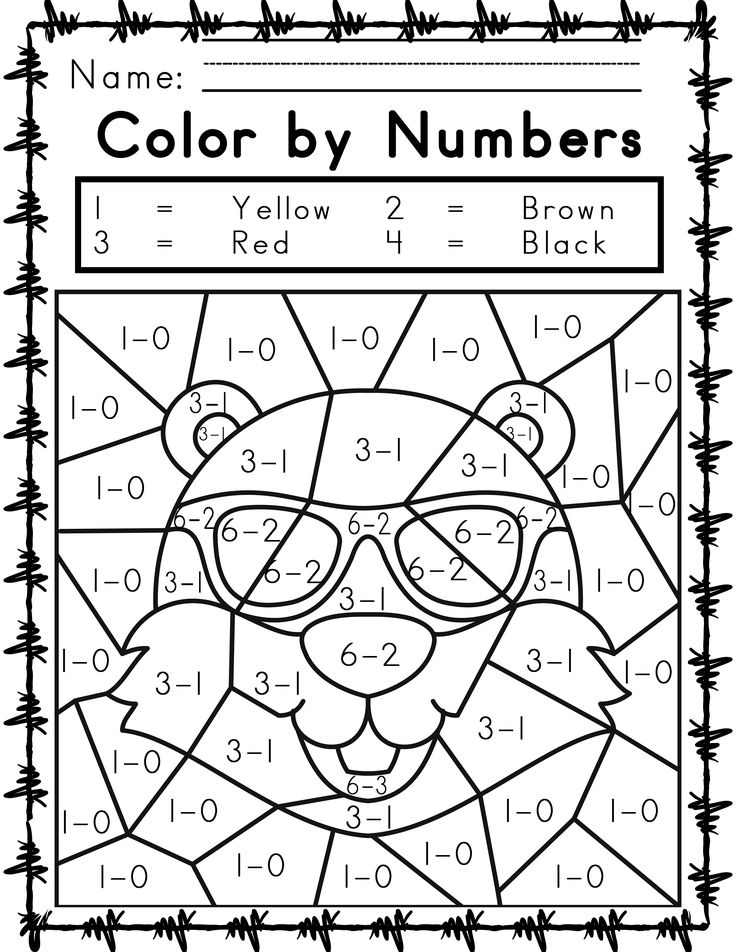
Game material with various illustrations, interesting tasks, funny riddles, sharp ingenuity with their extraordinary expressiveness, brevity, simplicity and sonority, freshness of the artistic word serve as a source of strength and inspiration for children in their work, play a huge corrective role in the development of thinking. nine0003
B) designating a number with a number and writing numbers
After getting acquainted with the formation of a number, it is necessary to teach children to designate this number with a number, both printed and capital. The figure is carefully considered, its elements are distinguished, and objects are looked for with which the figure can be compared. This is necessary in order for students to better remember the image of a number, not to mix it with other images of numbers.
The number is placed under the corresponding set of objects, under the picture with the image of objects corresponding in quantity to this figure. By studying numbers within 10, students should learn to write all the numbers, be able to write down arithmetic operations, and make notes in notebooks correctly and accurately.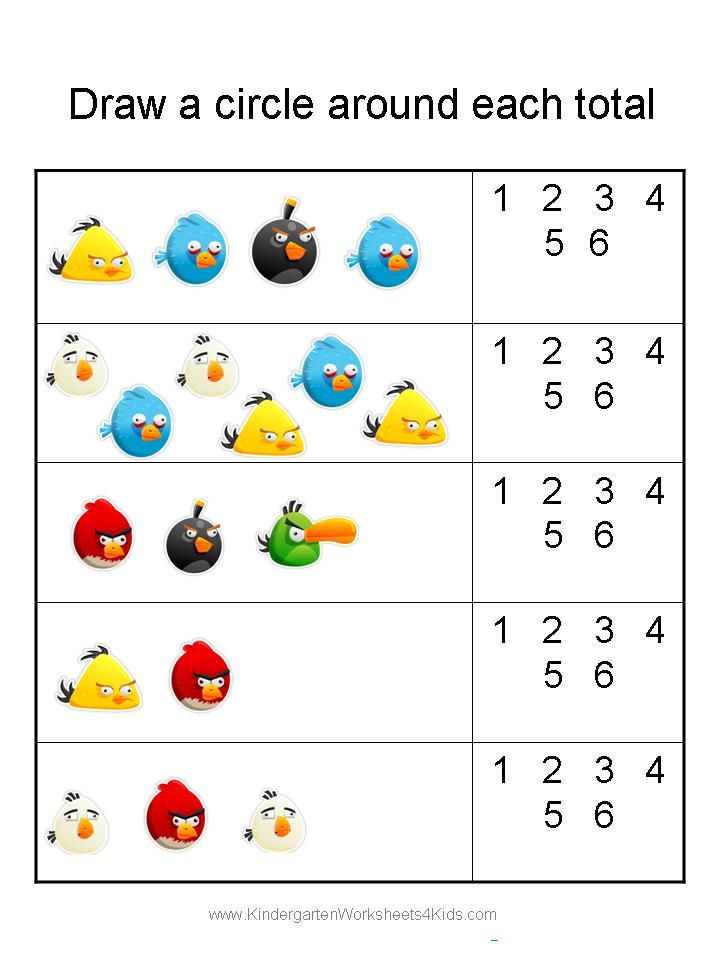 Writing numbers is a rather complicated process. During the propaedeutic period, the teacher should find out well the possibilities and features of writing numbers by each student in the class. For students who have a particular writing process for one reason or another is difficult, it is necessary to prepare additional aids in advance (plywood or plastic numbers for tracing, patterns with slots). nine0003
Writing numbers is a rather complicated process. During the propaedeutic period, the teacher should find out well the possibilities and features of writing numbers by each student in the class. For students who have a particular writing process for one reason or another is difficult, it is necessary to prepare additional aids in advance (plywood or plastic numbers for tracing, patterns with slots). nine0003
Students prepare for writing numbers in the process of special exercises during the propaedeutic period: they put dots in the corners of the cells, trace various stencils, patterns, circles, hatch geometric shapes, connect lines by dots, first in horizontal, then in vertical directions, etc. After such special exercises, students move on to writing numbers.
The methodology for introducing students to the writing of numbers and conducting appropriate work in the classroom and in preparation is as follows:
- Display handwritten sample.
- Teacher showing the number on the blackboard.

- Outline of the number pointer model.
- The letter of the figure is in the air.
- Writing a number on the blackboard by several students.
- Letter of figures in notebooks according to the model.
A sample is given for all students: 2-3 digits are written down. For individual students, numbers are written with dotted lines or thin lines, and they only circle them. Some students are given 2-3 reference points. If a student has significant motor impairment, small movements of the fingers are difficult, children cannot write numbers in one box. Such students are allowed to write numbers in 2 cells. Students who do not navigate the page of the notebook, do not follow the lines when writing numbers, need to highlight the lines with a colored pencil. Individual students can only trace numbers according to a pattern or stencil. nine0003
For children with mirror writing, it is recommended to use the following techniques: feeling a number made of sandpaper, tracing this number with a finger, writing a number with a finger in the air, then with a pencil, writing numbers on a pattern, on a line pattern or on starting points.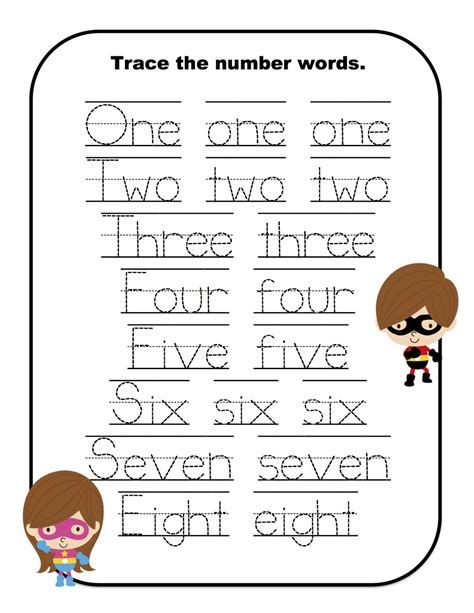
First, it is suggested to write the figure 2-3 times, and only after checking how the students wrote, they are allowed to write further. It is useful to associate exercises in writing numbers with counting, so that children learn from the very beginning to distribute their attention - to engage in writing and counting at the same time. In order for students to remember the number well, you can invite them to put it together from sticks, threads, twine, mold it from plasticine, etc.
There should be a table in the classroom with the correct spelling of numbers and indicating the direction of writing. When introducing children to numbers, it must be remembered that a number is an abstract sign. It cannot evoke emotions in a child. A mentally retarded schoolboy does not pay much attention to it, does not experience knowledge about it. But if the teacher evokes emotions through figurative comparisons, the figure is assimilated much more firmly. Associating a figure with a number, one must first select such objects for counting, which in nature, in the environment, are always present in a certain quantitative aggregate.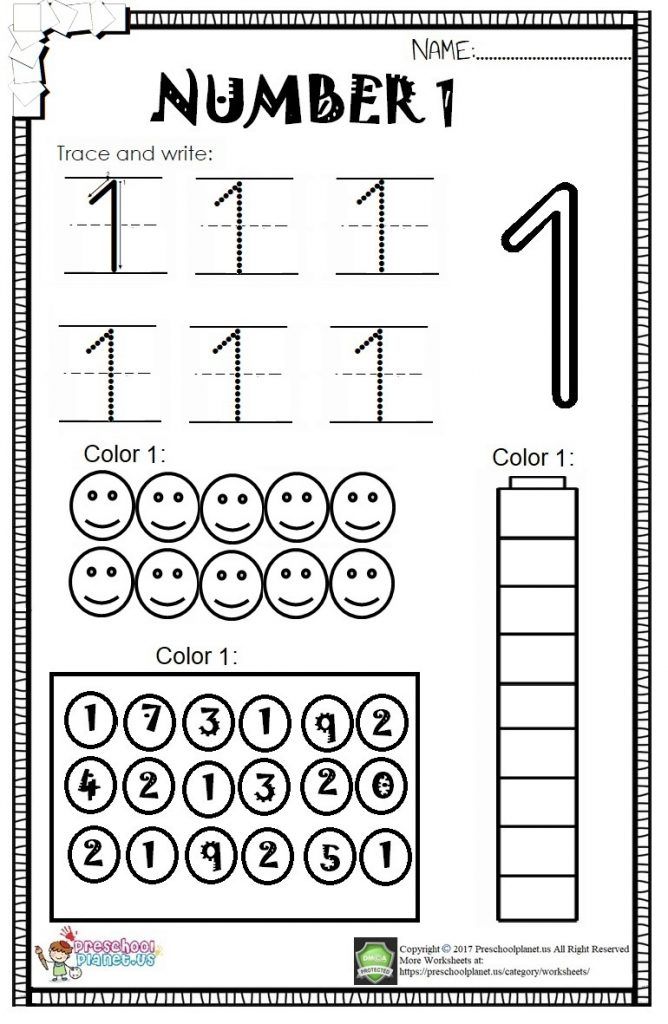 They are the most accessible and close to the child's imagination, associated with the life experience of the child. By giving them verbal expressiveness, we evoke a sense of satisfaction in the child, although he, in turn, sometimes does not know about it himself. nine0003
They are the most accessible and close to the child's imagination, associated with the life experience of the child. By giving them verbal expressiveness, we evoke a sense of satisfaction in the child, although he, in turn, sometimes does not know about it himself. nine0003
C) ratio of number and number
Special school students do not associate numbers with numbers at first. Awareness of this ratio requires numerous exercises of a diverse nature, for example:
- To a given set of objects, select the desired number (4 bunnies, each was given a carrot. Only 4 carrots. Show with a number how many carrots are taken. Check, count together in chorus, attach the number 4 ).
- Choose an object set for the number, for example, Dunno shows the number 3, asks to show the same number of balls, pictures or other objects. Children show pictures with three balls). nine0008
- Use the game "Find the right pictures". Students receive boxes with a set of pictures (5-6 pictures) and a number.
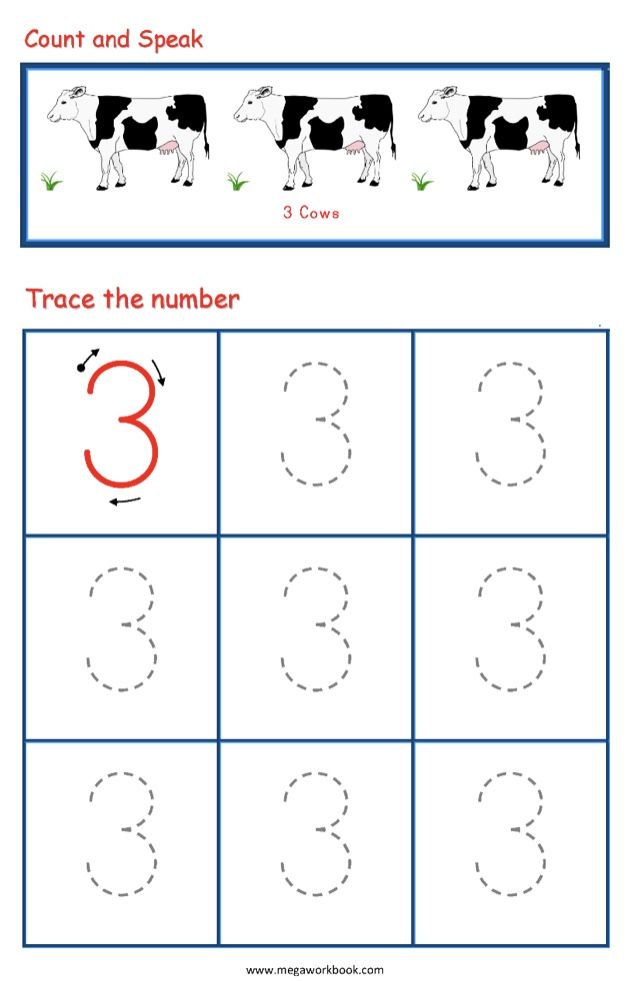 To the figure, they must match all the pictures with the corresponding number of objects.
To the figure, they must match all the pictures with the corresponding number of objects. - Game "A number for each picture". Students receive a set of pictures that show a different number of objects (1, 2, 3, 4) and numbers. For each picture, the student must choose the correct number.
D) comparison of sets and numbers
As the number of the first ten is studied, the teacher not only introduces students to the place of a single-digit number in the natural series of numbers, but also teaches them to compare this number with the number next to it, as well as with other numbers . For example, already when studying the number 2, the teacher shows the students that 2 is greater than 1. First, this comparison is shown on subject sets. For example, in the top row there is one circle (square, house, toy), and in the bottom row there are 2. We ask where there are more circles? Where is less? Why? Which row has an extra circle? Which row is missing circles? What number will we put near one circle? What number will we put near two circles? Which number is greater than 2 or 1? Which number is less than 2 or 1? We suggest that children first show on circles, and then on object sets, this figure.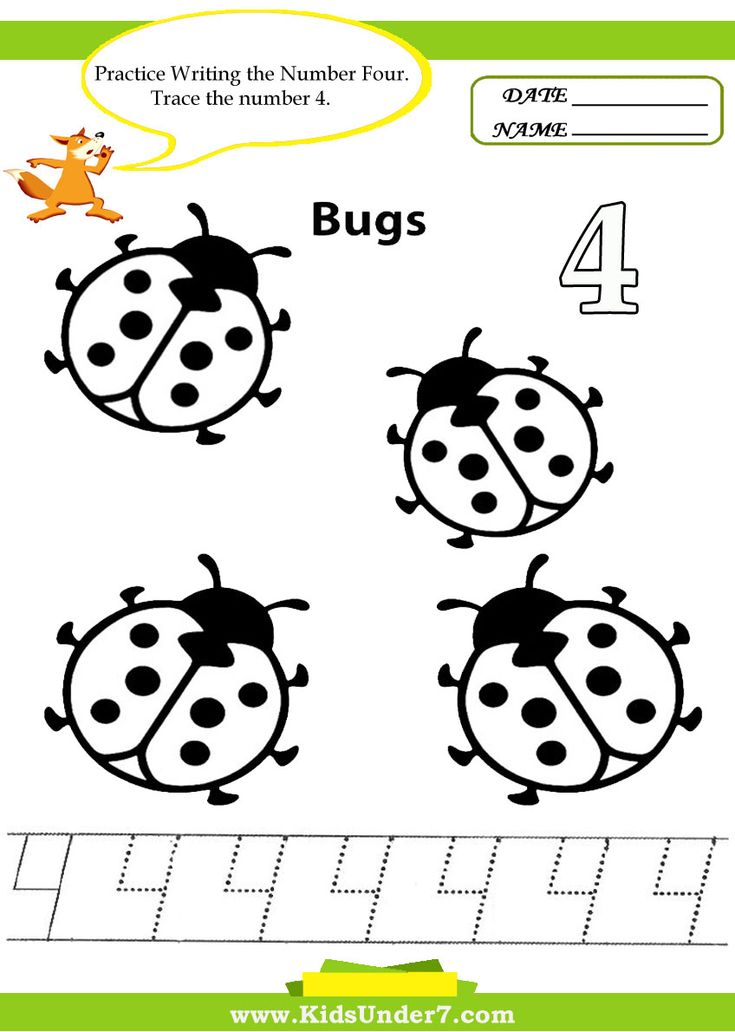 nine0003
nine0003
It is necessary to give tasks to equalize the number of subject sets in the upper and lower rows.
Students work during this period mainly with sets of objects, establishing a one-to-one correspondence between the elements of the sets: they not only find out where there are more (less) objects, but also determine how many extra items are in the larger set and how many of them are missing in the smaller one. At the same time, they compare the numbers that are a characteristic of these sets. First, two adjacent numbers are compared, for example 4.5, and then any two numbers. For example, sets of apples and pears are compared (apples - 4, pears - 5). Pupils lay out pears in a row, and under each picture with pears put a picture with an apple, i.e. A one-to-one correspondence is established. One extra pear - more pears, one apple is missing - fewer apples. So 5 is greater than 4 and 4 is less than 5.
Students then compare numbers, abstracting away from specific sets.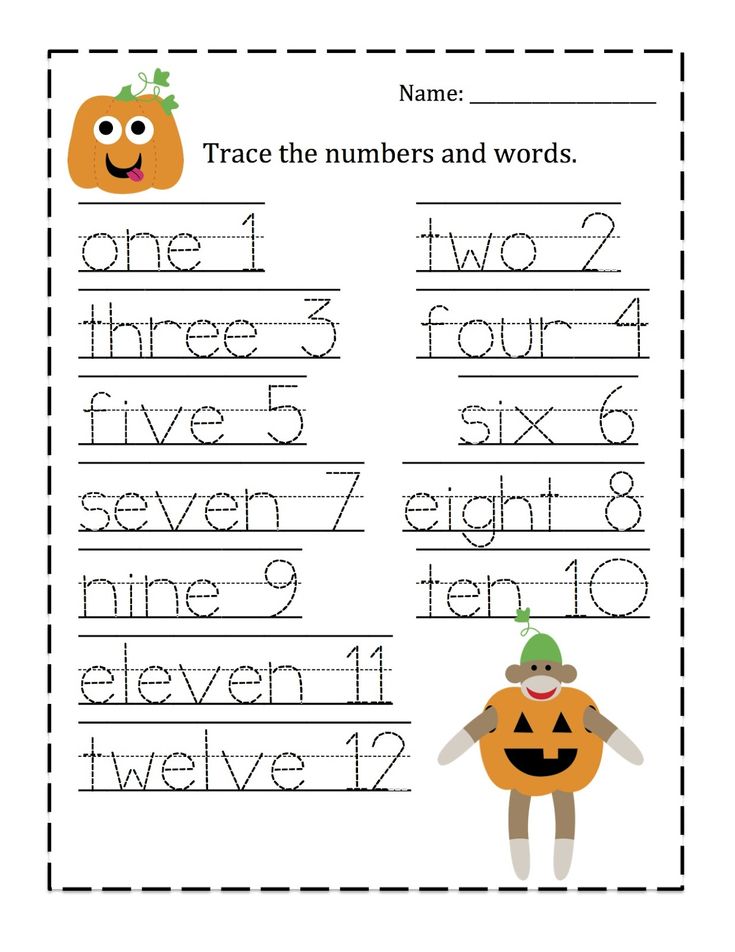 We ask which number is greater: 4 or 5? How many extra ones are there in 5? How many are missing from 4? What needs to be done to equalize the numbers? Students should be well aware that all the numbers preceding the given number (those that are in the number row in front of the given number, earlier than it, closer to the beginning of the number row) are less than the given number, and all subsequent numbers (those that are after the given number in the number row , further from the beginning) is greater than the given. The use of an illustrative table depicting sets and numbers, as well as a "numerical ladder" will help students compare the numbers of the segment of the number series they know. nine0003
We ask which number is greater: 4 or 5? How many extra ones are there in 5? How many are missing from 4? What needs to be done to equalize the numbers? Students should be well aware that all the numbers preceding the given number (those that are in the number row in front of the given number, earlier than it, closer to the beginning of the number row) are less than the given number, and all subsequent numbers (those that are after the given number in the number row , further from the beginning) is greater than the given. The use of an illustrative table depicting sets and numbers, as well as a "numerical ladder" will help students compare the numbers of the segment of the number series they know. nine0003
Relationships between numbers are written as ratio signs (“greater than” , “less than” , “equal to” ). The number 10, which ends the study of the first ten, differs from the previously studied numbers. Students of the 1st grade can be given only one way to form this number: 9 + 1.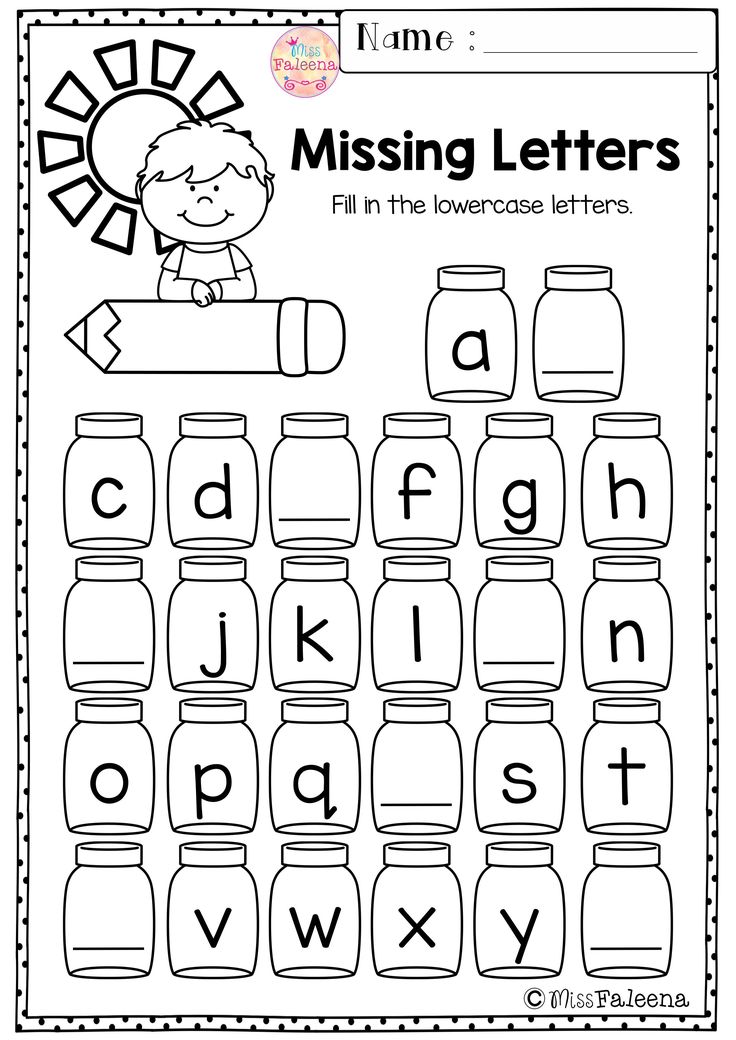 The number 10 is denoted not by one, but by two digits 1 and 0. It is appropriate to introduce the concepts of “one-digit” and “two-digit” numbers. Single-digit numbers are written with one digit, and two-digit numbers with two. In this case, the concepts of "number" and "figure" are fixed. nine0003
The number 10 is denoted not by one, but by two digits 1 and 0. It is appropriate to introduce the concepts of “one-digit” and “two-digit” numbers. Single-digit numbers are written with one digit, and two-digit numbers with two. In this case, the concepts of "number" and "figure" are fixed. nine0003
All the observations described above and the practical comparison of the elements of the two sets form in children a stable understanding of the quantitative relationships between numbers. The number 5 in the mind of the child becomes greater than 4, not only because it stands farther away from one when naming it, but also because there are more units (elements) in this number than in the number 4.
There is no need to seek from children in the first grade immediately the correct answer to the question: “How much more is 5 than 4?” and vice versa. Before answering this question, children must visually and repeatedly see the inequality of these two compared sets and learn to practically establish equality.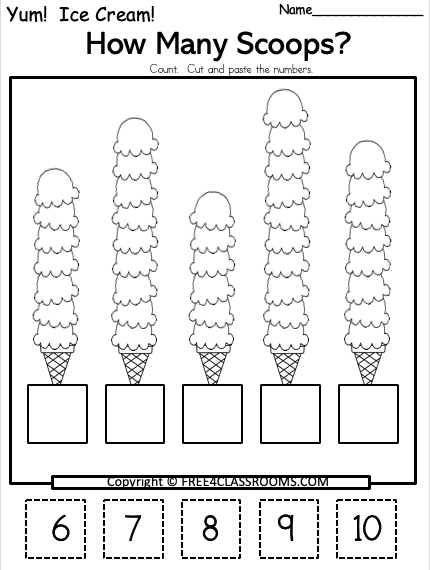 So gradually, on a specific material, the numbers studied by children are compared: 2 and 3, 3 and 4, 4 and 5, 5 and 6, 6 and 7, 7 and 8, 8 and 9, 9 and 10. Knowledge is fixed on different groups of objects so that children are convinced of the constancy of the relationship between numbers (2 fungi, 2 Christmas trees, etc. Always less than 3 fungi, 3 Christmas trees, etc.).
So gradually, on a specific material, the numbers studied by children are compared: 2 and 3, 3 and 4, 4 and 5, 5 and 6, 6 and 7, 7 and 8, 8 and 9, 9 and 10. Knowledge is fixed on different groups of objects so that children are convinced of the constancy of the relationship between numbers (2 fungi, 2 Christmas trees, etc. Always less than 3 fungi, 3 Christmas trees, etc.).
Didactic games in mathematics lessons
"Living Corner"
Didactic goal: familiarizing children with the method of education numbers while fixing the spatial orientation, concepts "more less".
Teaching aids: study of animals. nine0003
Content of the game: the teacher says: “In our living corner rabbits live: gray and white, rabbits gnaw on carrots. How many rabbits gnaw carrot? (two, the answer is fixed by showing the number 2). Name the rabbits nibbling carrots? (gray and white). Another rabbit ran up to them. What changed? (there are more rabbits) How many rabbits eat carrots now? (three, the answer is fixed by showing the number 3) List them (one white and another white, and one more grey, three in total).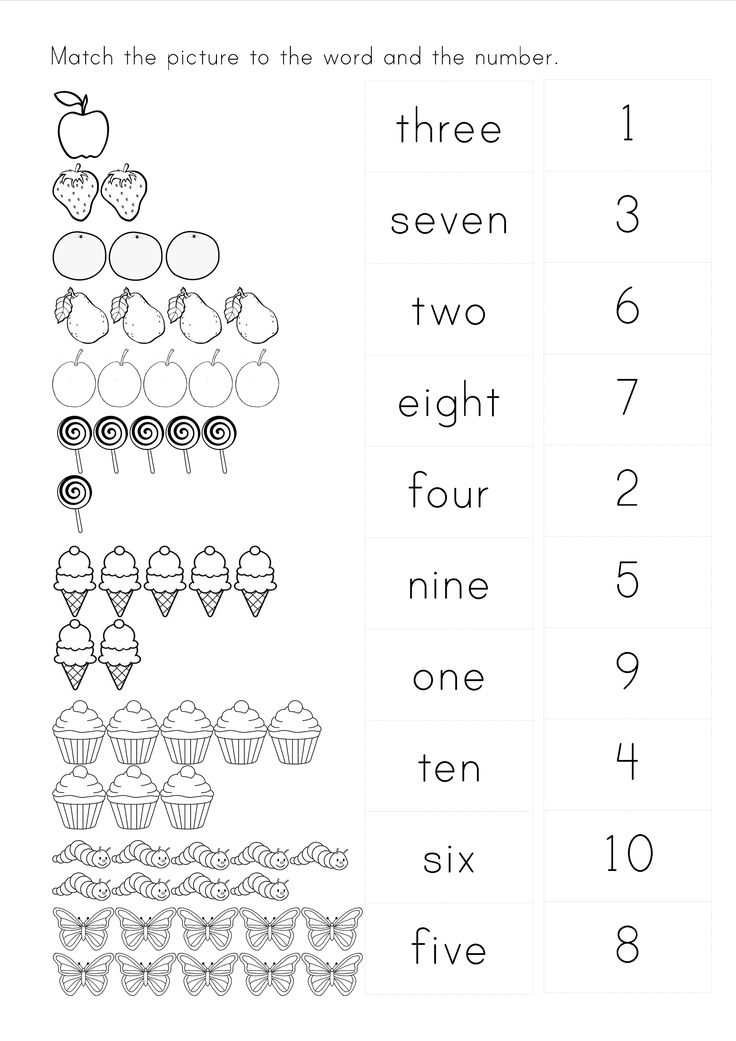 Which rabbits are more white or gray? (white) Why are there more of them? (there are two of them, and two is one and one). Why 2>1? (two goes with the count after number 1). The formation of subsequent numbers can be considered similarly. nine0003
Which rabbits are more white or gray? (white) Why are there more of them? (there are two of them, and two is one and one). Why 2>1? (two goes with the count after number 1). The formation of subsequent numbers can be considered similarly. nine0003
"Best counter"
Content of the game: teacher on The magnetic modeler places from 1 to 10 drawings by sectors, respectively. Opening each sector in turn, the teacher invites the children to count the number drawings and show the correct number. The one who counts first is called the best. counter. Then the teacher shows the numbers in a row, and the students - the corresponding number of drawings in the sectors of the circle. As a result of the game, the teacher opens 2 sectors, offers to compare the number of drawings in them and determine where the items less and by how much. nine0003
Clap
Content of the game: the teacher magnetic modeler places from 1 to 10 drawings in sectors. Opening by turns sector by sector, offers to count the number of drawings and signal to clap as many times as there are open drawings, and show the desired number.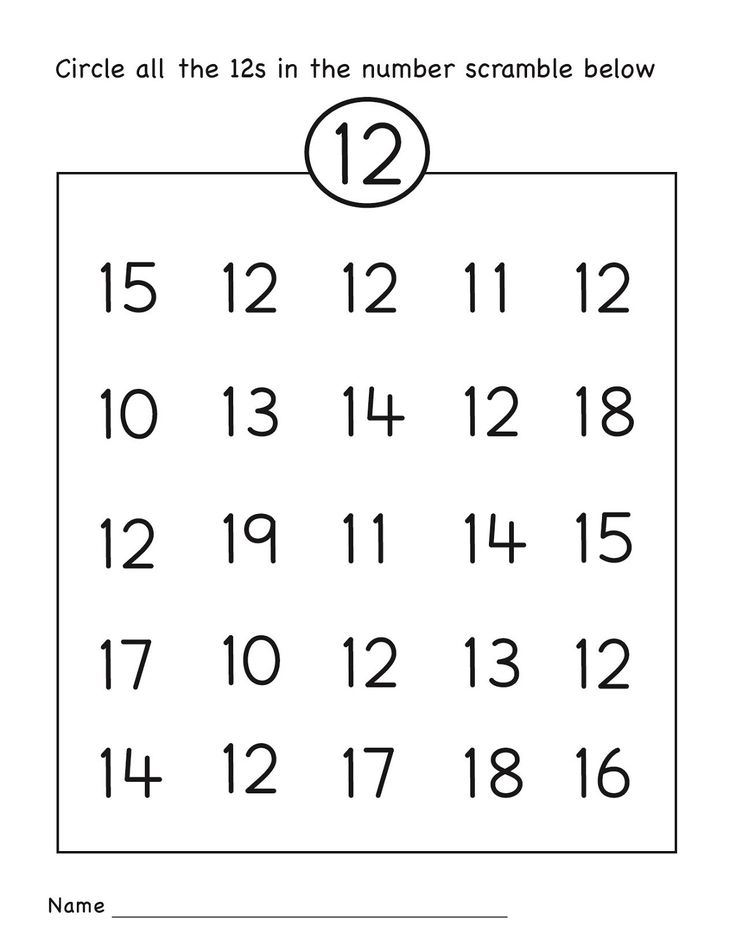 (The teacher sets the rhythm of clapping).
(The teacher sets the rhythm of clapping).
"Numbers running towards each other"
Didactic goal: getting to know the composition of the number 10. numbers from 1 to 10 in order and arcs to show two numbers that run towards each other, forming a total of 10. Then he asks to write down examples to add to these numbers. nine0003
For example:
0 1 2 3 4 5 6 7 8 9 10
0 +10 = 10 - 10 + 0 = 10
1 + 9 = 10 - 9 + 1 = 10
something interesting you noticed when making examples? Children answer that the numbers in the same places on the right and left in the number row, add up to the number 10 "
" Mathematical relay race "
Didactic goal: Familiarization with the formation of numbers from ten and units.
Teaching aids: 10 circles and 10 triangles from attached to the mathematics textbook for grade 1.
Content of the game: the teacher divides the class into 3 teams in rows and conducts a competitive game.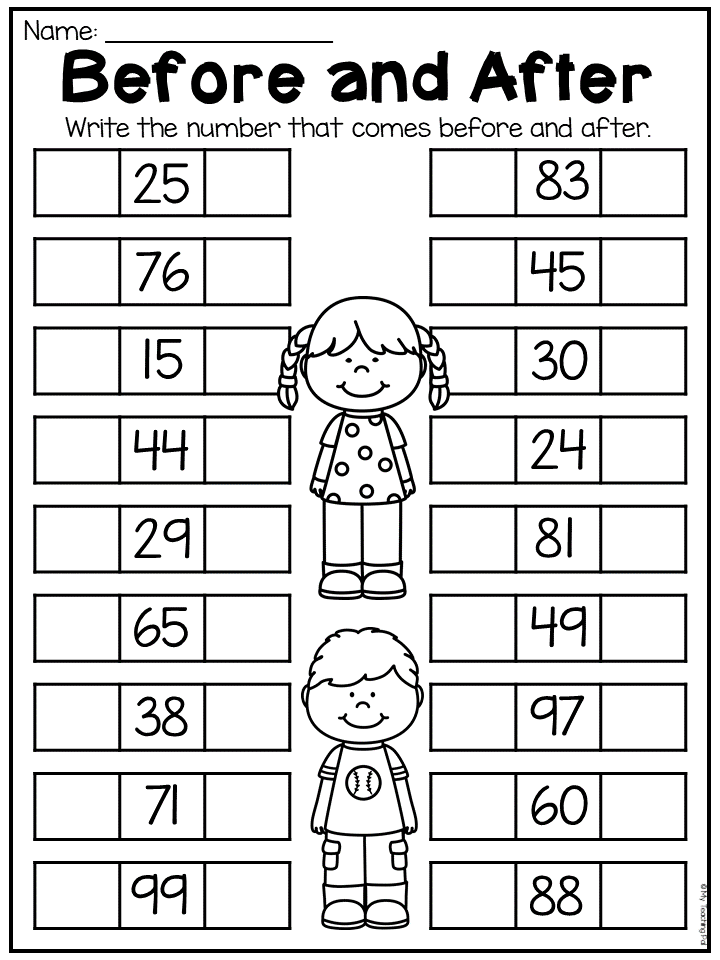 The first student from the first team illustrates the number using circles and triangles, the second from the same team calls indicated number, the third - its composition, the fourth shows the number on cards.
The first student from the first team illustrates the number using circles and triangles, the second from the same team calls indicated number, the third - its composition, the fourth shows the number on cards.
Similar exercises are performed from the second and third teams. The team that makes no mistakes or makes fewer mistakes wins. number. nine0003
When studying the numbering of numbers within 100, the task is to to learn how to count and write numbers. Establish communication between oral and the well-known game Silence will help with written numbering.
Content of the game: the teacher illustrates on the abacus or cards two-digit numbers, and students designate them using split numbers and show silently to the teacher or write them down in a notebook.
“How did Seryozha get confused?”
Serezha learned to write numbers within a hundred. One day in the evening, father put 4 sticks on the left and one dozen on the table in front of Seryozha connected sticks on the right and asked the boy to write how many sticks in total.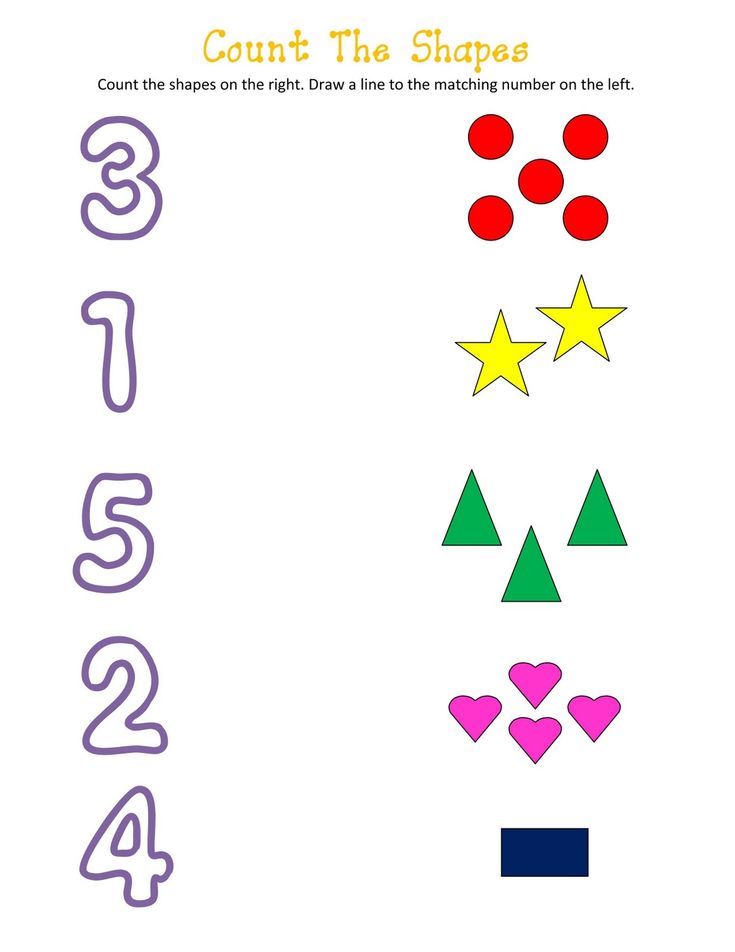 Serezha wrote the number 41. Did Serezha write the number correctly? How did he reason?
Serezha wrote the number 41. Did Serezha write the number correctly? How did he reason?
"Gifts of Petrushka"
Didactic goal: to introduce the composition of the number 5.
Teaching aids: illustrations of Petrushka, Dunno and Merry Pencil; balloons cut out of colored cardboard. nine0003
Content of the game: the teacher announces that he will visit the lesson Petrushka came with balloons and his friends came with him. Dunno and Cheerful Pencil (illustrations depicting fabulous heroes). Parsley decided to give balloons to Dunno and Cheerful Pencil. How is he can you donate them?
Children list the possible composition of the number five and illustrate at the blackboard and then write in a notebook. At the end of the game, the most active children are encouraged. nine0003
“Decorate the Christmas tree with toys”
Didactic goal: getting to know the composition of the number 10.
Teaching aids: drawing a Christmas tree; small illustrations Christmas trees for students.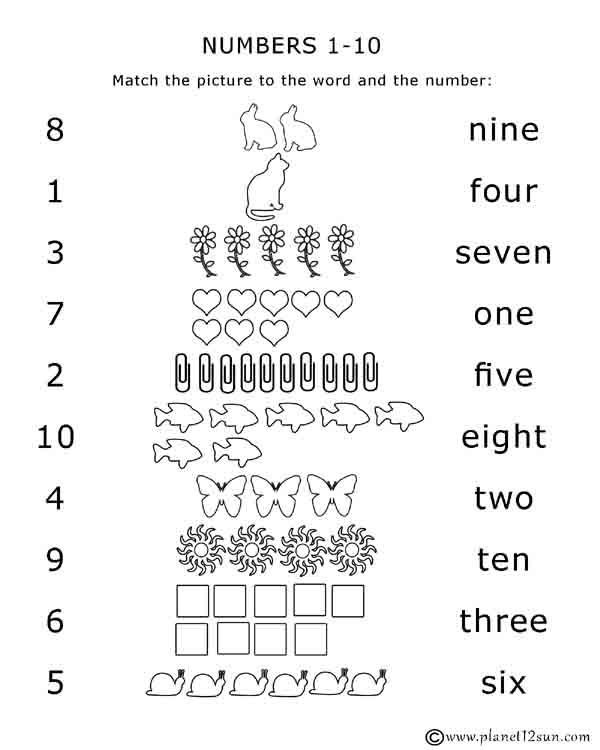
Content of the game: the teacher says that the New Year is coming soon. And everyone will decorate the tree. And you and I also need to decorate the Christmas tree. Our tree is mathematical. A poster with a Christmas tree is hung on the board. At the top is a star number 10. But not all branches are decorated with toys, you need to hang the missing ones balls so that on each tier the sum of the numbers is 10. Children go to board and decorate the Christmas tree. The teacher should encourage weak children. nine0003
"Chain"
Content of the game: teacher puts for each row (team) on the stand of the board cards depicting numbers of the form:
Students of each row (team) count the units of each category and call the illustrated numbers in a chain (first, the student of the first, then the second and third teams). Then the teacher puts other cards, illustrating the numbers of the second ten and the students call them in a chain.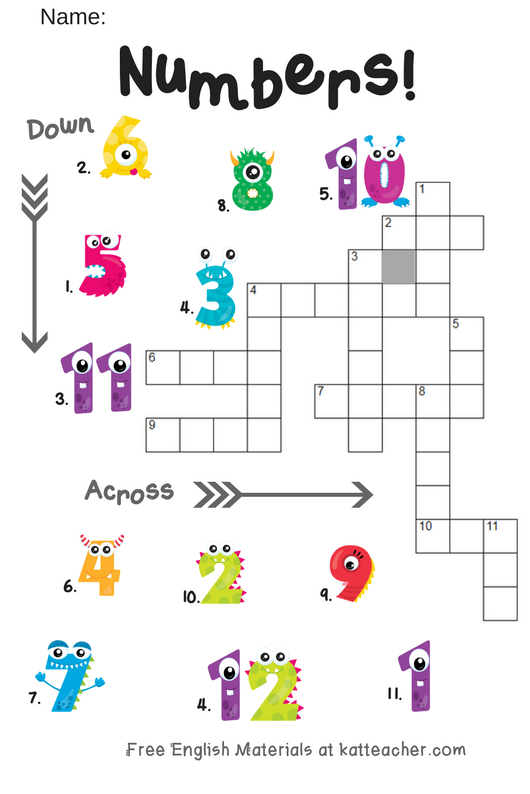 A game continues in the same way. nine0003
A game continues in the same way. nine0003
The team that makes the fewest mistakes wins. formation of two-digit numbers. To sum up the game, the teacher notes in table with asterisks the correct answers of students.
"Controllers"
ten.
Content of the game: teacher divides the children into two teams. Two controllers at the board are watching the correctness of the answers: one - the first team, the second - the other team. By at the signal of the teacher, the students of the first team make several rhythmic inclinations right, left and count to themselves. On a signal from the teacher, they call the number in chorus slopes of the first team to a given number and keep score to themselves (for example, 6 - added, 1.7 - added 2.8 - added 3). Then they call a number completed slopes. According to the number of slopes performed by students of groups 1 and 2, and called the composition of the number. The teacher says: “Eight is…”, the students continue: "Five and Four".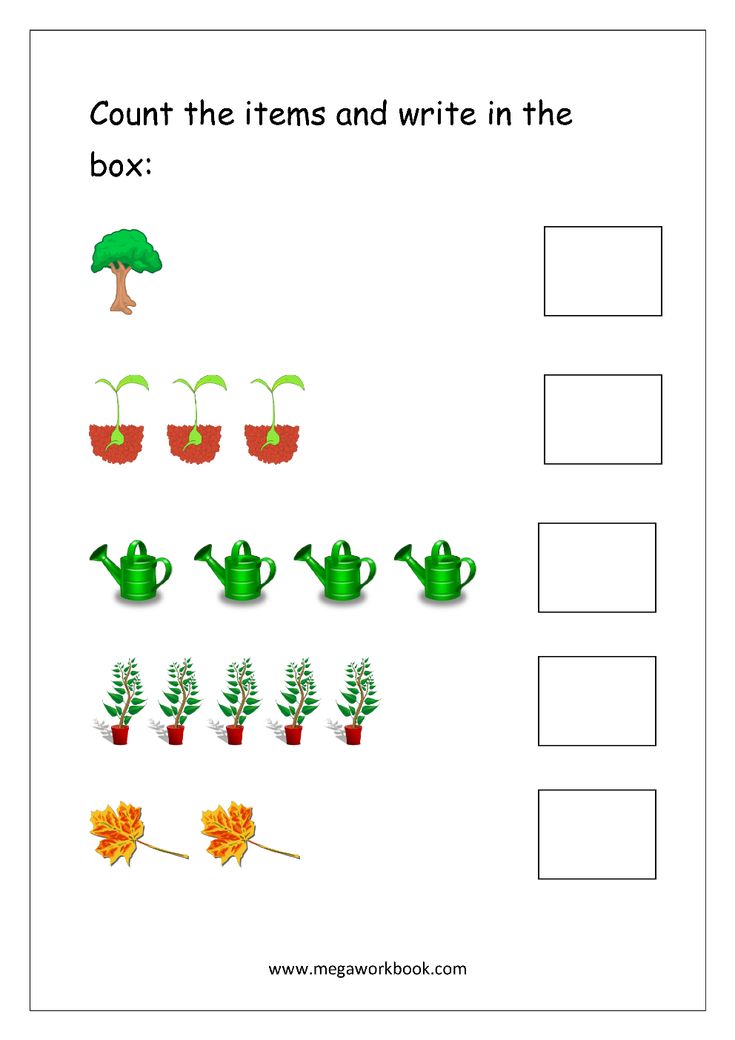 Controllers show green circles in their right hand if agree with the answer, red - if not. In case of an error, the exercise is repeated. Then the teacher offers the children of the second team, on a signal, do several squats, and the students of the first team complete squats to a given number. It is called the composition of the number. The composition of numbers based on cottons. nine0003
Controllers show green circles in their right hand if agree with the answer, red - if not. In case of an error, the exercise is repeated. Then the teacher offers the children of the second team, on a signal, do several squats, and the students of the first team complete squats to a given number. It is called the composition of the number. The composition of numbers based on cottons. nine0003
This game not only systematizes students' knowledge, but also carries elements of physical unloading, tk. uses exercise.
How many sticks are in the other hand?
Didactic goal: consolidation of knowledge of the decimal composition of two-digit numbers.
Teaching aids: a set of individual sticks and bundles of sticks.
Content of the game: The summoned student takes a bundle of sticks into one hand, and individual sticks - in the other hand and shows them to the class. Children guess their number and show a card with the corresponding number. nine0003
Then the task becomes more difficult: you have to guess how many individual sticks in hand, if in the other - a bunch, and make an example for addition.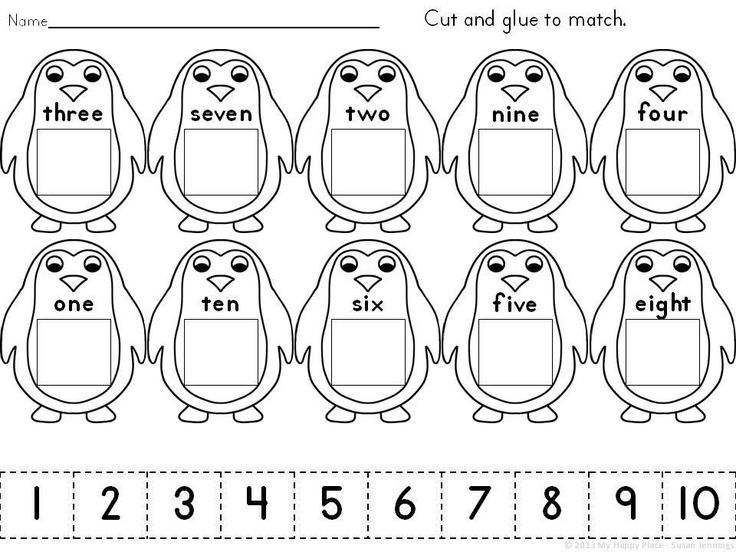 For example, a student took 15 sticks by placing a bunch of 10 sticks in his right hand and 5 individual sticks to the left. Children make an addition example 10 + 5 = 15
For example, a student took 15 sticks by placing a bunch of 10 sticks in his right hand and 5 individual sticks to the left. Children make an addition example 10 + 5 = 15
“Claps”
Purpose of the game: fixing knowledge of the decimal composition of two-digit numbers.
Teaching aids: set of specific sticks and bundles sticks. nine0003
Content of the game: The teacher calls two children to the blackboard. The student on the right indicates units, and those on the right indicate tens. Teacher calls a two-digit number, the right student claps indicates the number of units in this number, and the left one is the number of tens. All other students play the role controllers. They honk if the decimal composition of the number is shown by the students wrong.
Knock-knock
within 20.
Teaching aids: the board shows a table with two digits:
| Tens | Units |
|
|
|
Content of the game: the teacher silently taps the pointer once every tens place and several times in units place.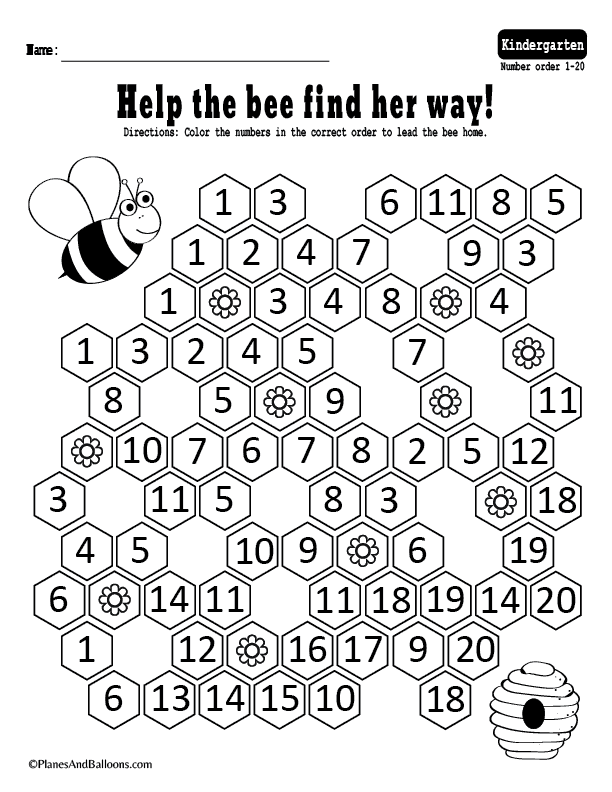 Children listen carefully and show the teacher the corresponding number on the number card. nine0003
Children listen carefully and show the teacher the corresponding number on the number card. nine0003
To strengthen counting skills, you can offer the game “Listen and count" :
Content of the game: each of the students has a set of cards with numbers from 1 to 10. The teacher has a stick with which he hits some an object that makes a loud sound a certain number of times. All students must immediately raise and show a card with a number corresponding to the number blows.
It can be agreed that the players, having heard blows, should raise a card with a missing number, for example, up to ten (there were three hits, pick up the card with the number 7). Then another rule is set: show you need not a number corresponding to the number of strokes, but two adjacent numbers - a smaller one and more. You can offer another version of the game: the teacher first hits with a stick in one subject 8 times, and in another - 3 times. This means that students must subtract three from eight and show a card with the number 5.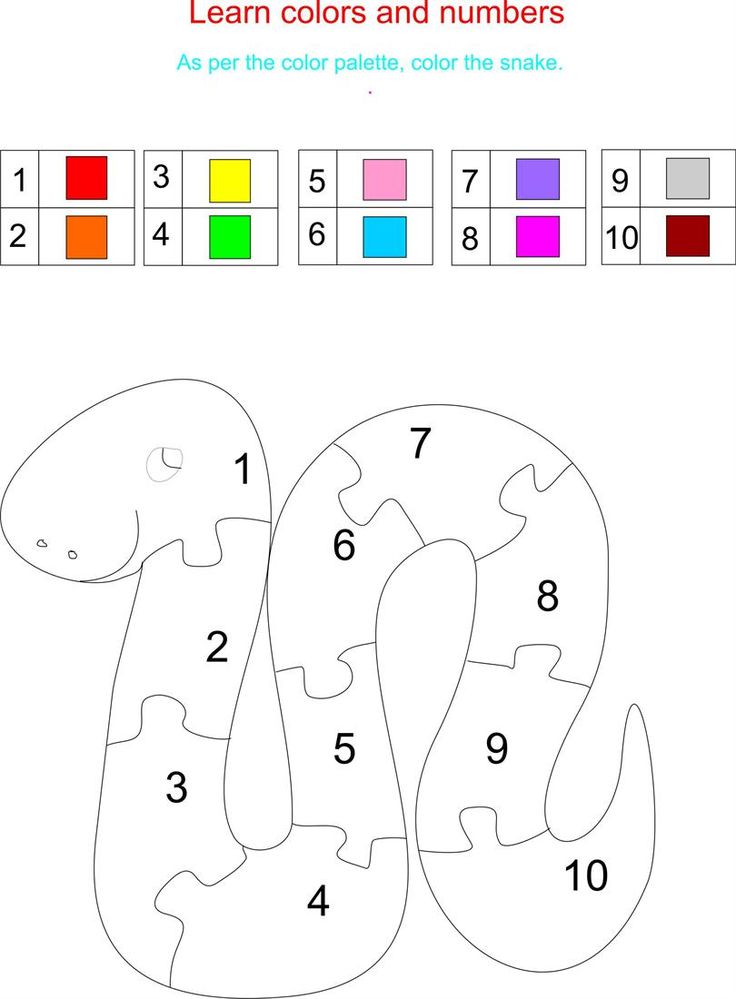 The game requires silence and attention, so you can offer the guys, listening to the number of strokes, close your eyes. nine0003
The game requires silence and attention, so you can offer the guys, listening to the number of strokes, close your eyes. nine0003
"Name the neighbors of the number"
This game allows you to each number of the first hundred should not be considered in isolation, but in connection with the previous one and the next number.
Teaching aids: ball or two balls - large and small (or different colors).
Content of the game: the teacher throws the ball first to one, then to the other to the participant of the game, and those, returning the ball, answer the question of the teacher. Throwing the ball the teacher calls a number, for example twenty-one, the player must name adjacent numbers -20 and 22 (necessarily first smaller, then larger). nine0003
Another, more complex version of the game is also possible. Returning the ball playing must first subtract one from the number named by the teacher, then add the resulting difference to it. For example, the teacher called the number 11, and the player must name the numbers 10 (11-1=10) and 21 (11+10=21).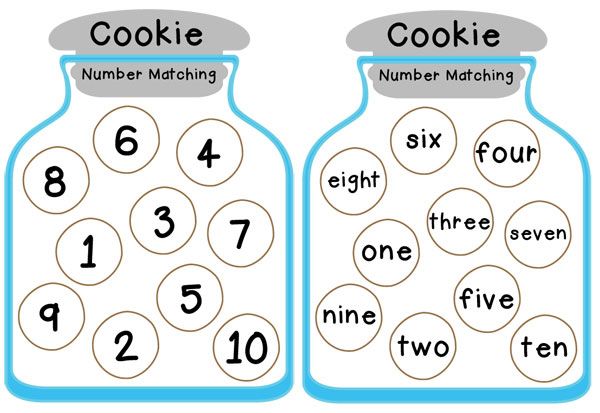
This game can be played with two balls: a large one and a small one. (or different colors). When the teacher throws a big ball, the respondent must, to for example, add 9 and return the ball back, and when it is small, then subtract 3. Here, children not only count, but also develop attention so as not to confuse actions. nine0003
“Who can count faster?”
The game develops vigilance, Attention.
Content of the game: two identical posters, on which the numbers are written in random order. For example, from 61 to 90 (from 11 to 30, etc.). For example, you need to name and indicate on the table by in order, all numbers from 61 to 90. You can compete with two teams, one at a time. person from each. Then the winners compete among themselves and is determined best counter. nine0003
Poster example:
| 90 | 75 | 71 | 63 | 66 |
| 67 | 82 | 86 | nine0392 76 | |
| 87 | 61 | 73 | 89 | 81 |
| 74 | 88 | nine0392 77 | 84 | |
| 80 | 69 | 78 | 62 | 70 |
| 64 | nine0392 72 | 79 | 85 |
The following games can also be offered at the consolidation stage:
Riddle
Didactic goal: fix the numbering of numbers within 100; decimal composition of the number.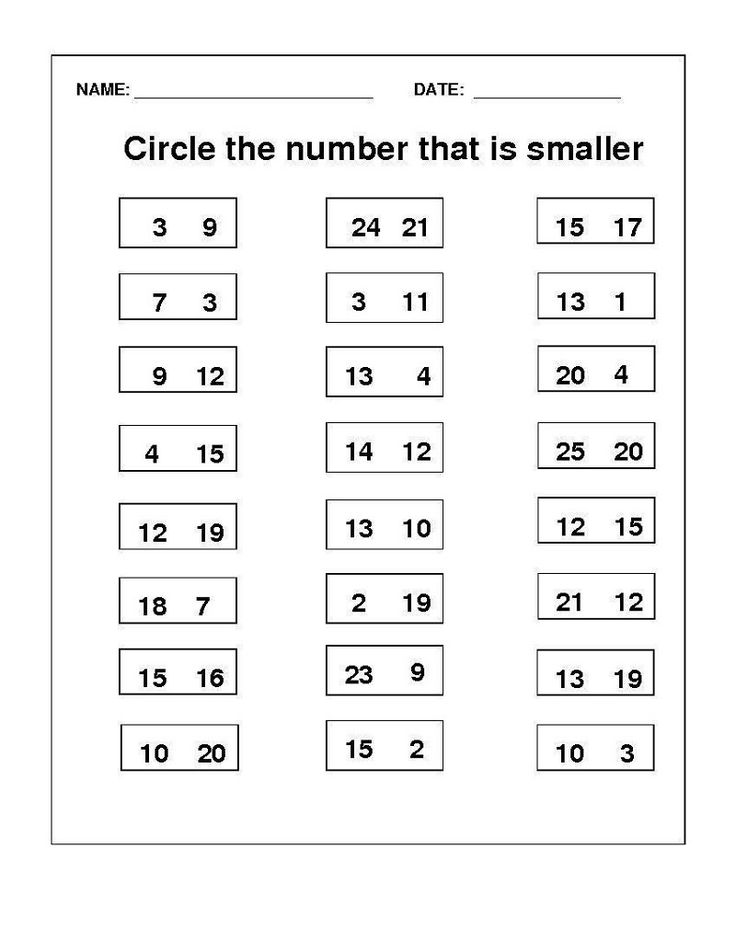
Content of the game: the teacher makes a riddle "Silver drank a fork in the sky. Who is brave with a thread of white sky sewed, but hurried: fluffed the tail of the thread? Replace the number with tens and ones and find in the table letters. Read the word and write it down. nine0003
|
| 5 units | 6 units | 7 units |
| 3 dec. | K | D | H |
| nine0002 Dec 7 | T | L | M |
| Dec 9 | and | Yu | Yo |
Answer: pilot.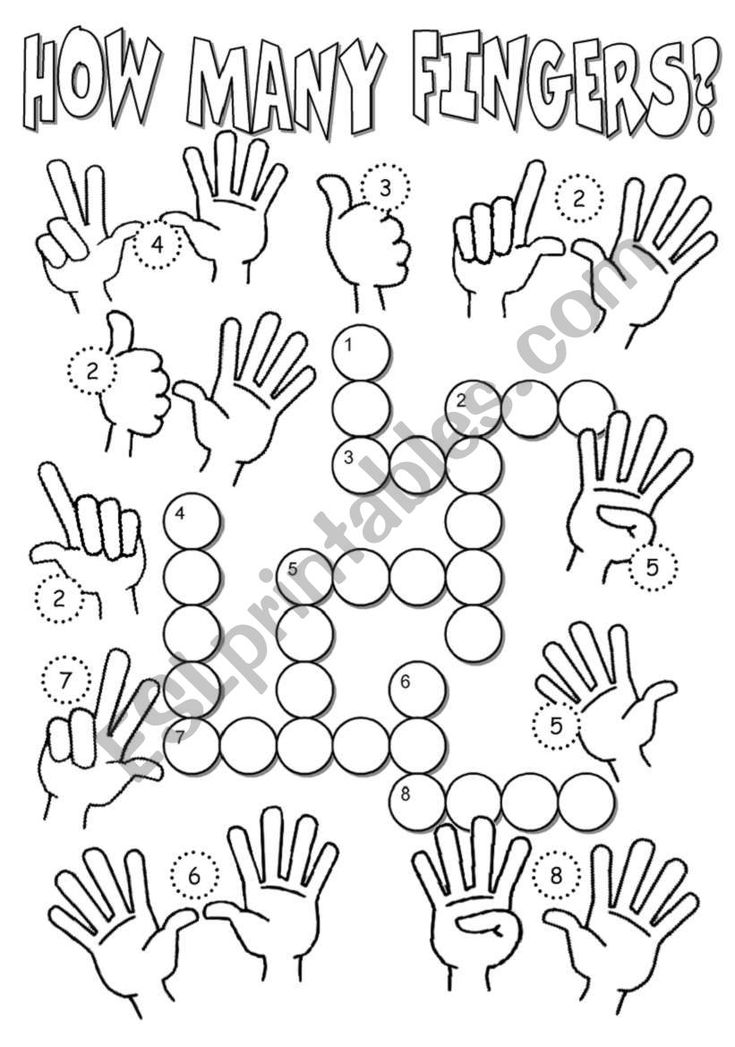
Gnome
Didactic purpose: to consolidate the ability of children to replace a two-digit number with the sum of its bit terms.
Contents of the game: Help the dwarf find his way home. Where go: forward or backward - this is what the numbers say. Replace each number with the sum bit terms and find the letter in the table. Make up a word, read it.
|
| 4 | 5 | 7 |
| 80 | B | Yo | P |
| 50 | D | R | M |
| 20 | O | O | E |
Answer: forward.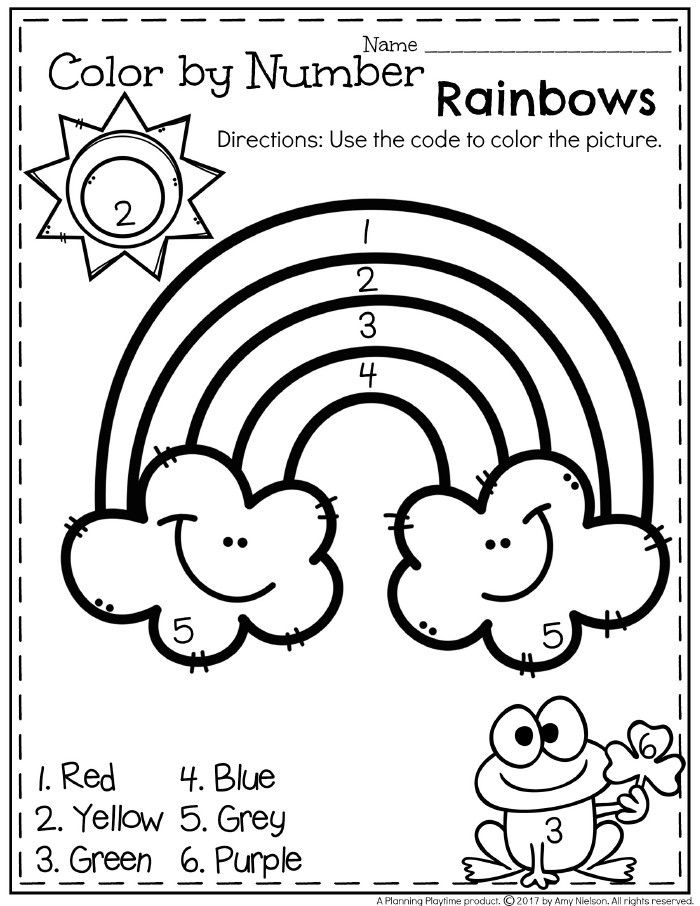
"In order of numbers"
Didactic goal: consolidation order of numbers in counting.
Content of the game: two teams of 10 line up ranks facing the class. The host has two sets of cards of different colors with numbers from 1 to 10 (you can use any number options). Before the game the host shuffles the cards of each set and attaches one to the back playing. None of the players knows what number is on their card. Learn it each can only have his neighbor. At the signal, the players of the teams must line up so that the numbers on their cards are in order. Command, The one who completes the task faster and more accurately wins. nine0003
Runaway numbers
Didactic goal: mastering the order of the numbers in the natural series.
Material of the game: tablets with numbers.
The teacher hangs ready-made tables on the board (or draws them on the board), in the empty cells of which you need to enter the missing numbers.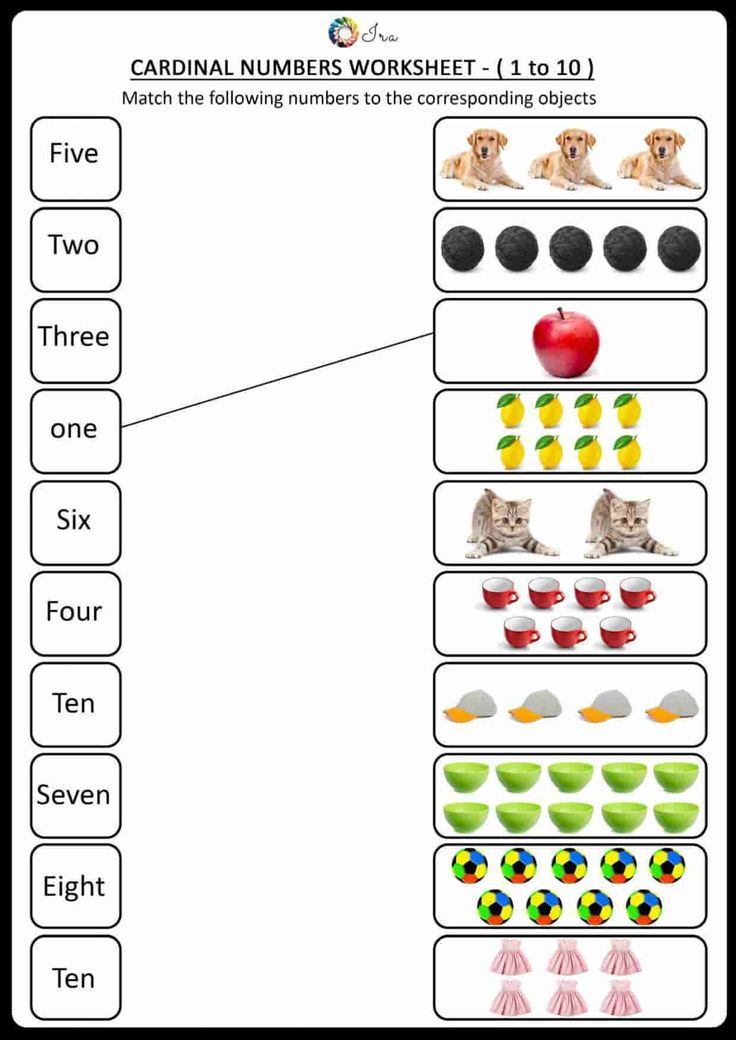 Students must determine the pattern in the recording of numbers and enter the necessary ones. Teacher says: “Here each number lives in its own house. But you see that some the houses are empty - numbers have escaped from them. What are these numbers? We need to think and return fugitives to their homes." The one who inserts the numbers correctly wins. nine0003
Students must determine the pattern in the recording of numbers and enter the necessary ones. Teacher says: “Here each number lives in its own house. But you see that some the houses are empty - numbers have escaped from them. What are these numbers? We need to think and return fugitives to their homes." The one who inserts the numbers correctly wins. nine0003
“Fishermen”
Didactic goal: analysis of single and double digit numbers.
Content of the game: a pond is depicted on the typesetting canvas; in the slots of the canvas are inserted images of fish, on which two-digit and single digits. Two teams of 4 people each compete. Alternately each member of the team “catches a fish” (calls the number loudly) and spends it analysis: how many characters are in a number, its place in a number series, parsing numbers by decimal composition. If all answers are correct, then he caught a fish (takes it), if not, the fish broke. The team that catches the most fish wins.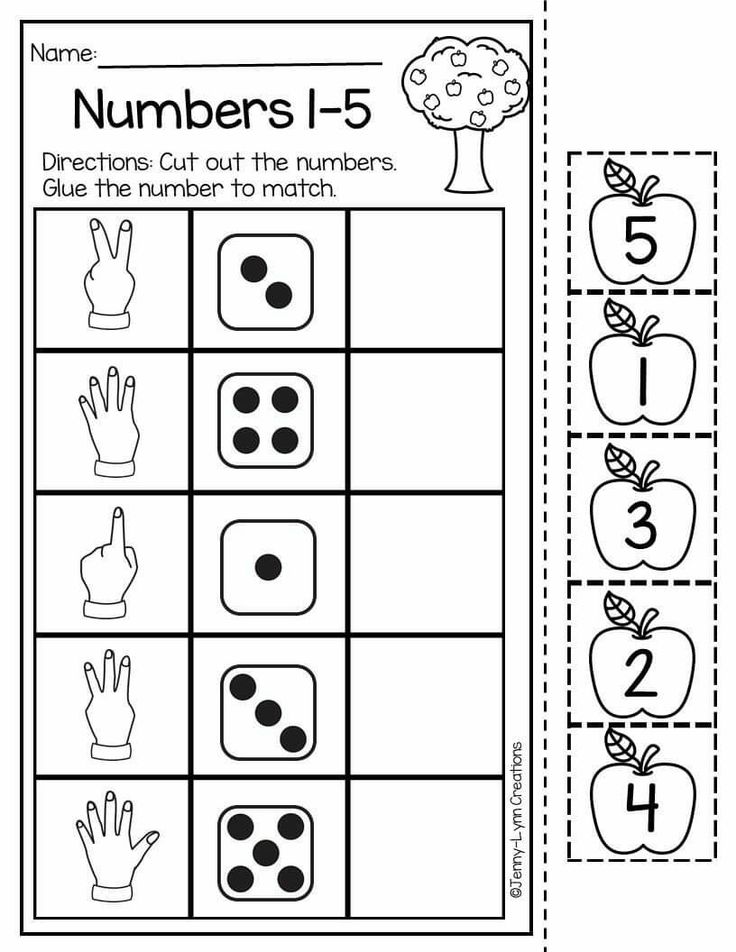 nine0003
nine0003
"Fight for the number"
Didactic goal: fixing the order of numbers.
Teaching aids: two large sheets of thick paper, on which are written in different colors large numbers.
Content of the game: in front of each table there is one of students. The teacher asks to say out loud the numbers in order from 1 to 24 and from 52 up to 75, simultaneously showing each of them on the table. The one who is faster call the numbers, it is considered the winner. Several steam. nine0003
Table example:
| 14 | 8 | 12 | 4 |
| 10 | 23 | 1 | 15 |
| 3 | 17 | 21 | 7 |
| 19 | 6 | 9 | 11 |
| 24 | nine0392 16 | 22 | |
| 13 | 20 | 5 | 18 |
| 65 | 59 | 63 | 55 |
| 61 | 74 | 52 | 66 |
| 54 | 68 | nine0002 72 | 58 |
| 70 | 57 | 60 | 62 |
| 75 | 53 | 67 | nine0002 73 |
| 64 | 71 | 56 | 69 |
With these games in the learning process not only consolidated the knowledge of students, but also students' attention is activated.